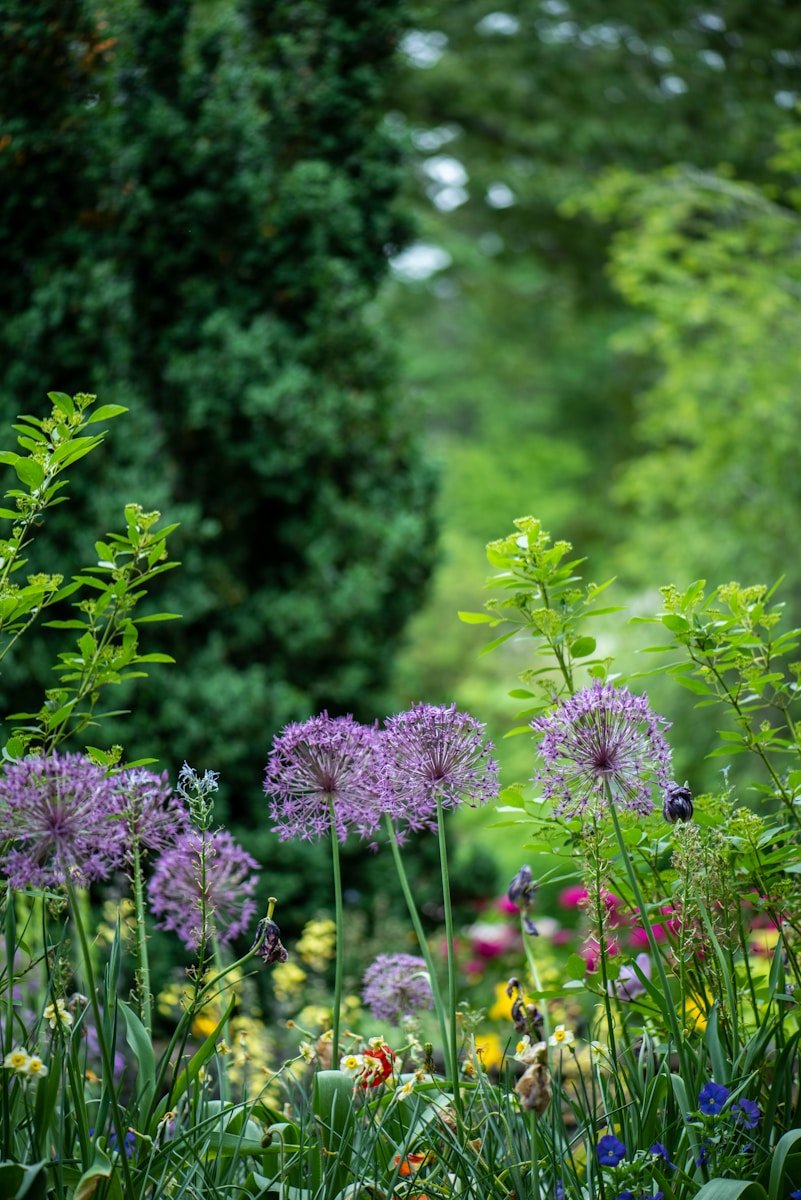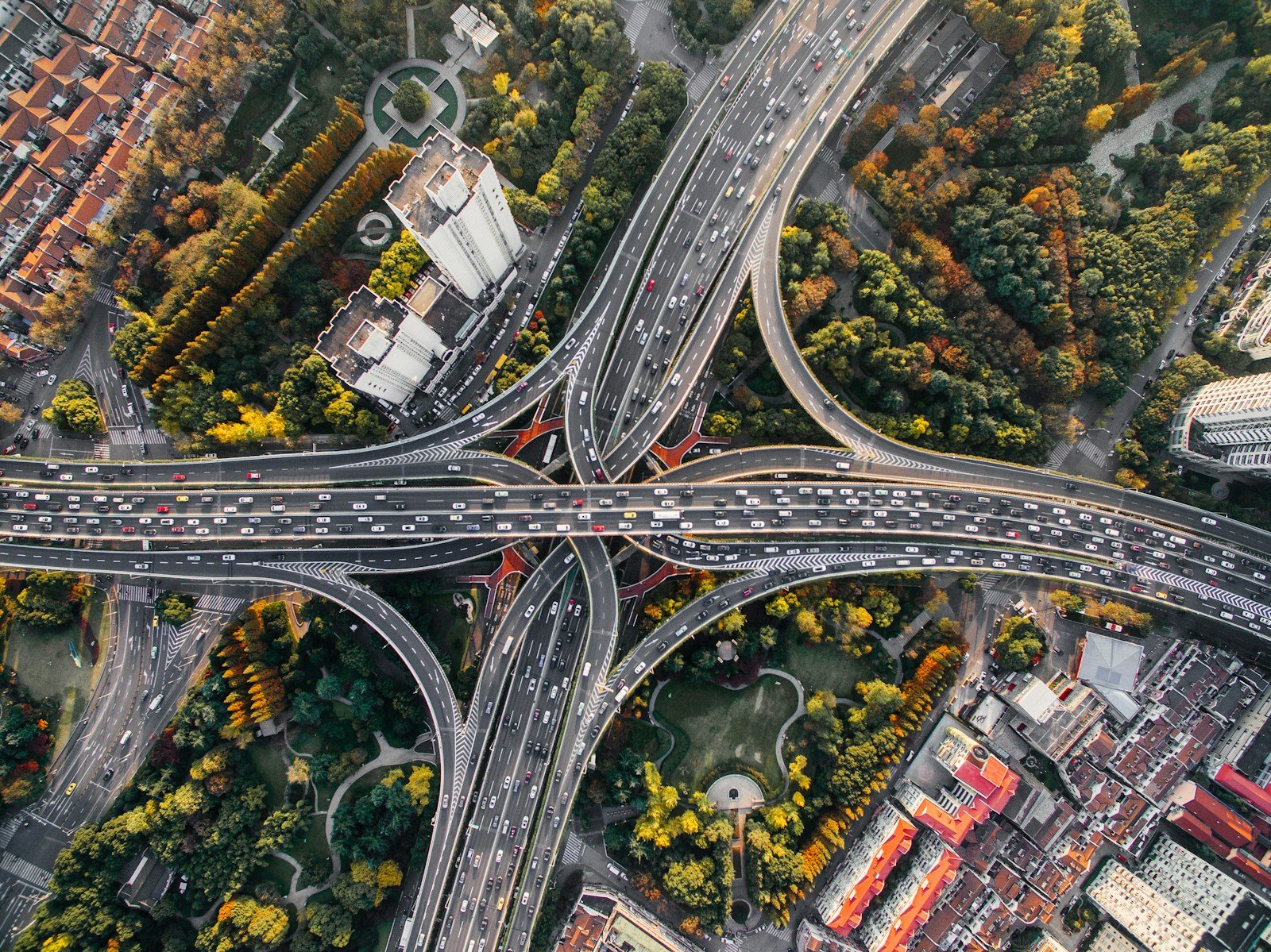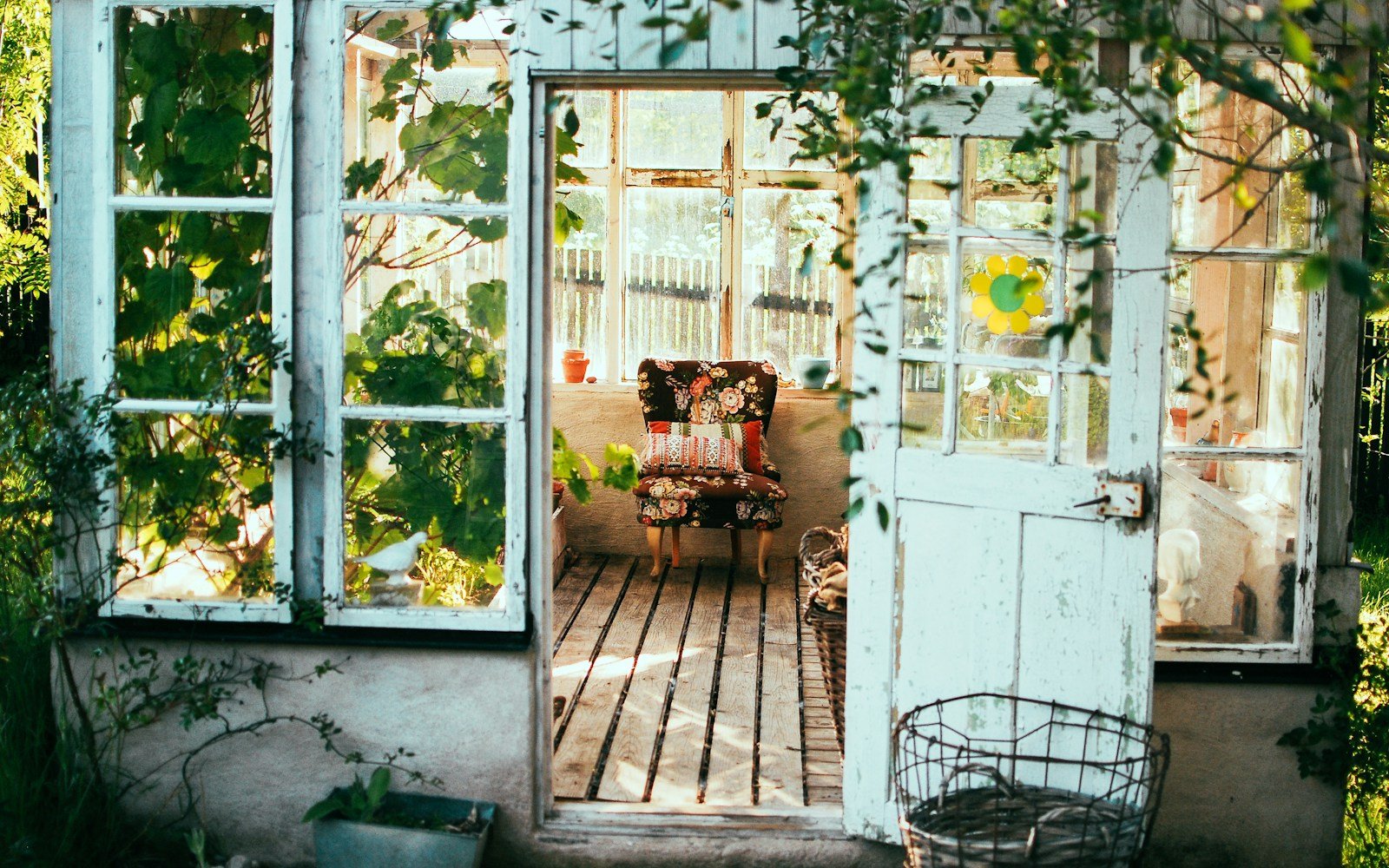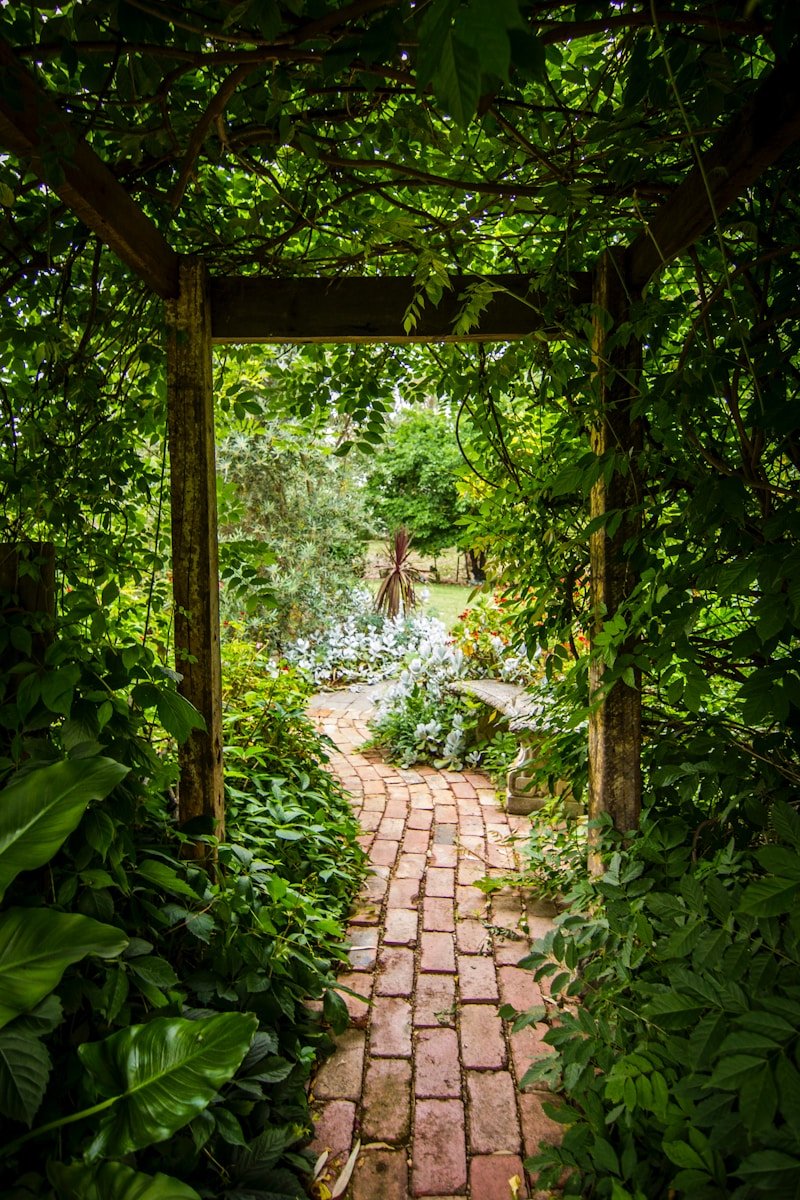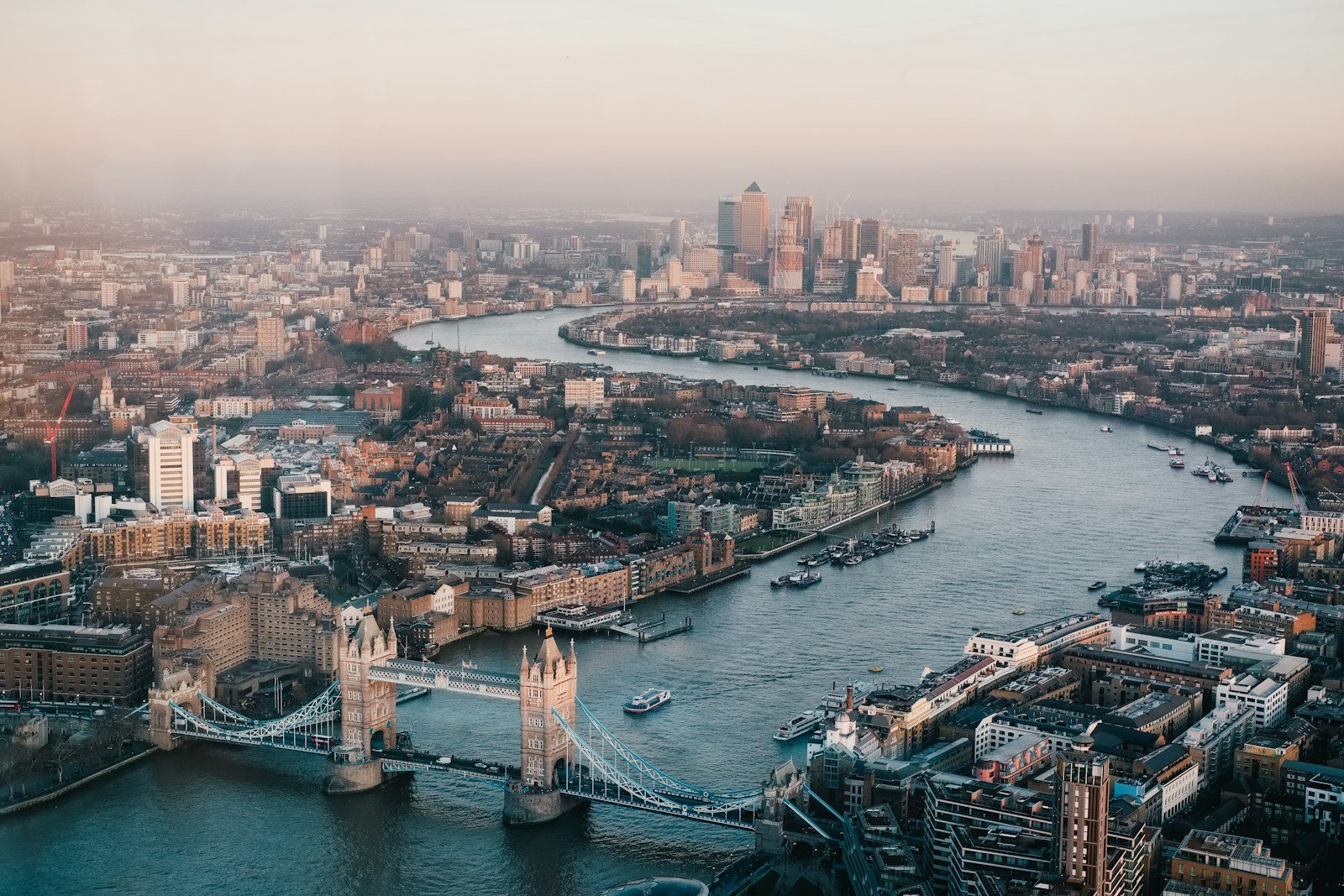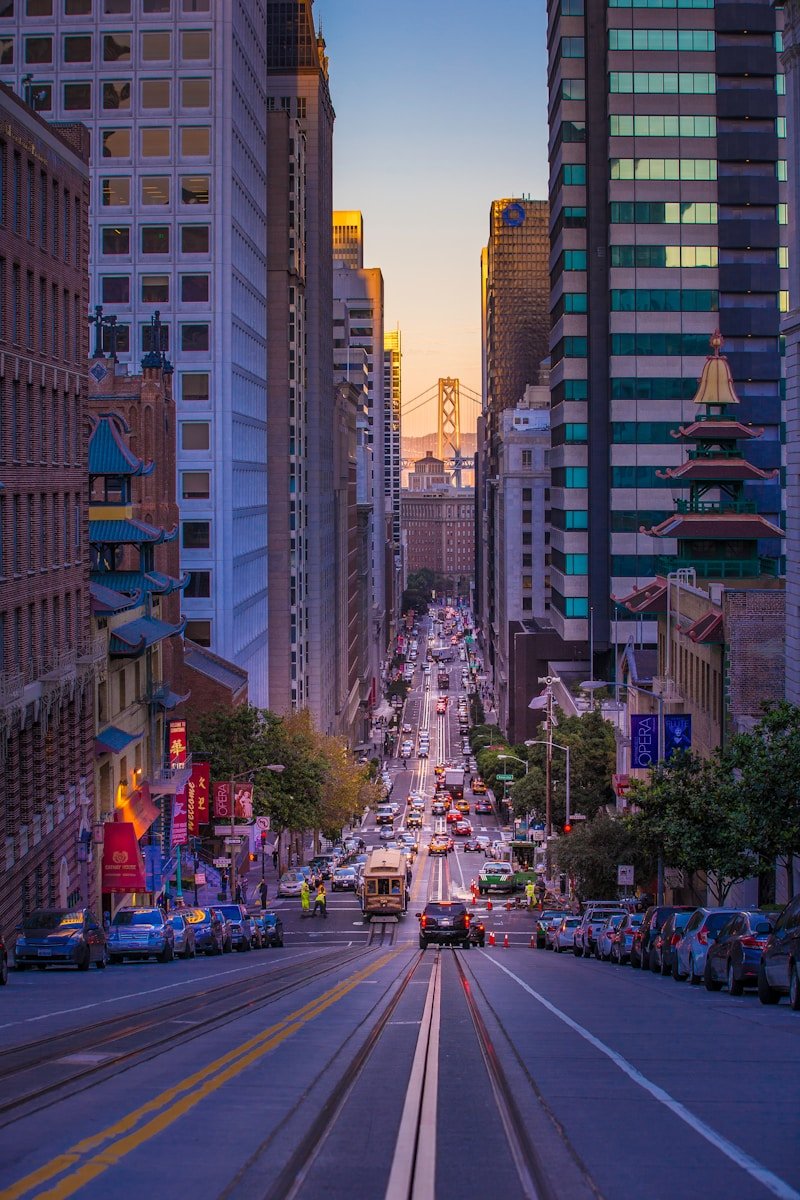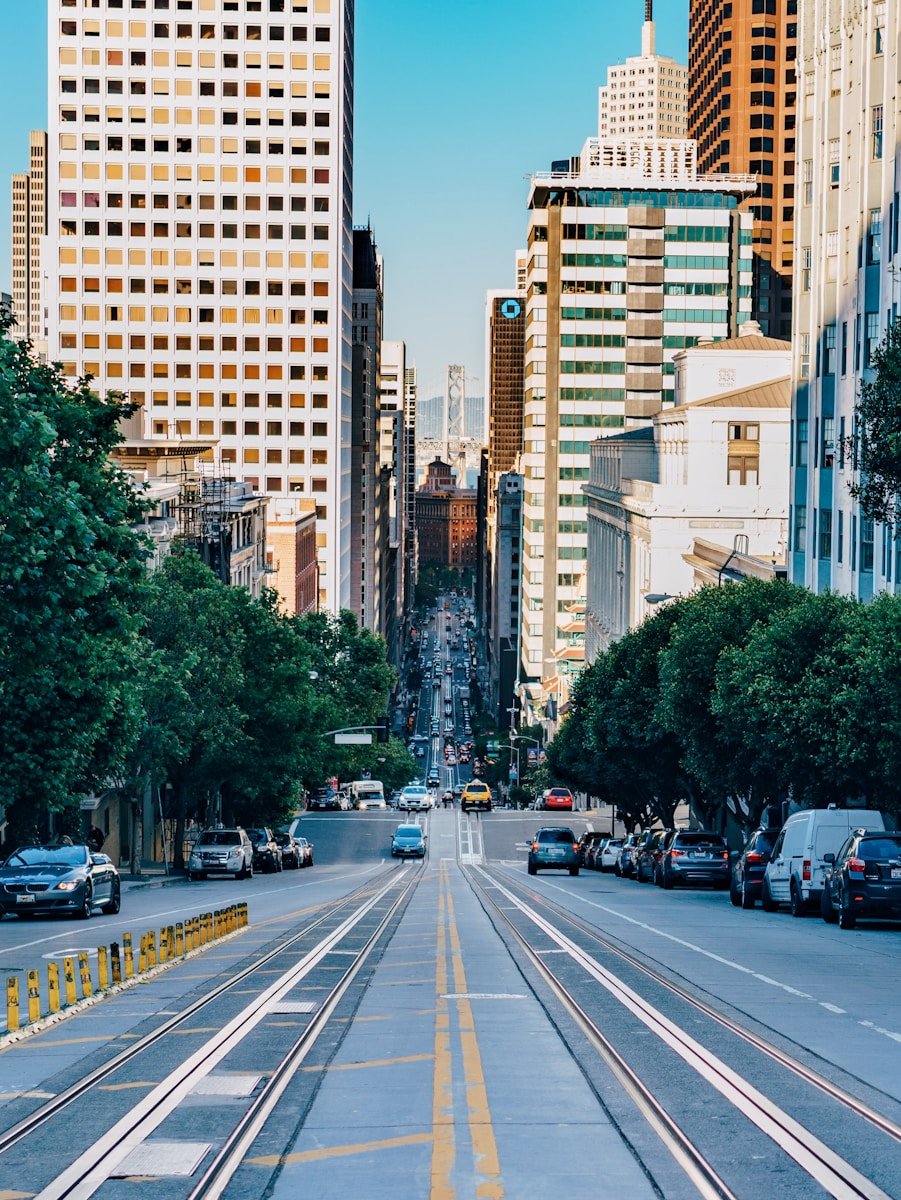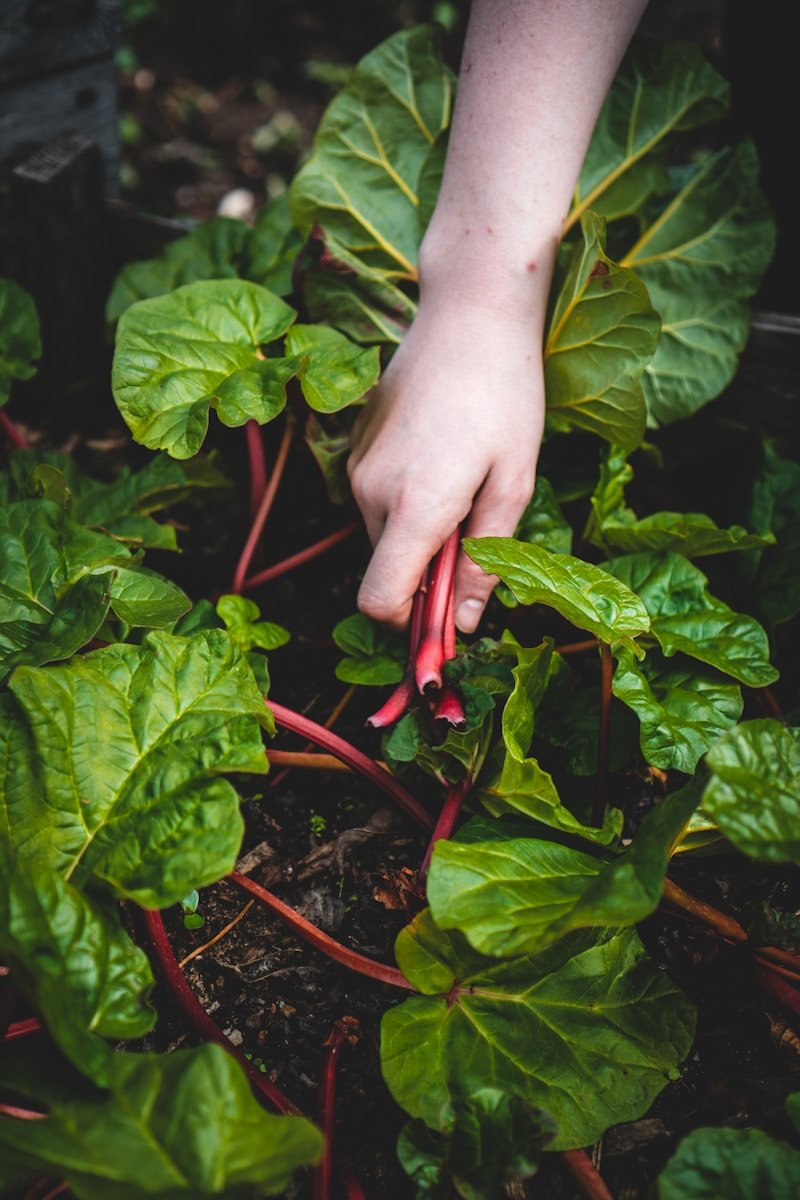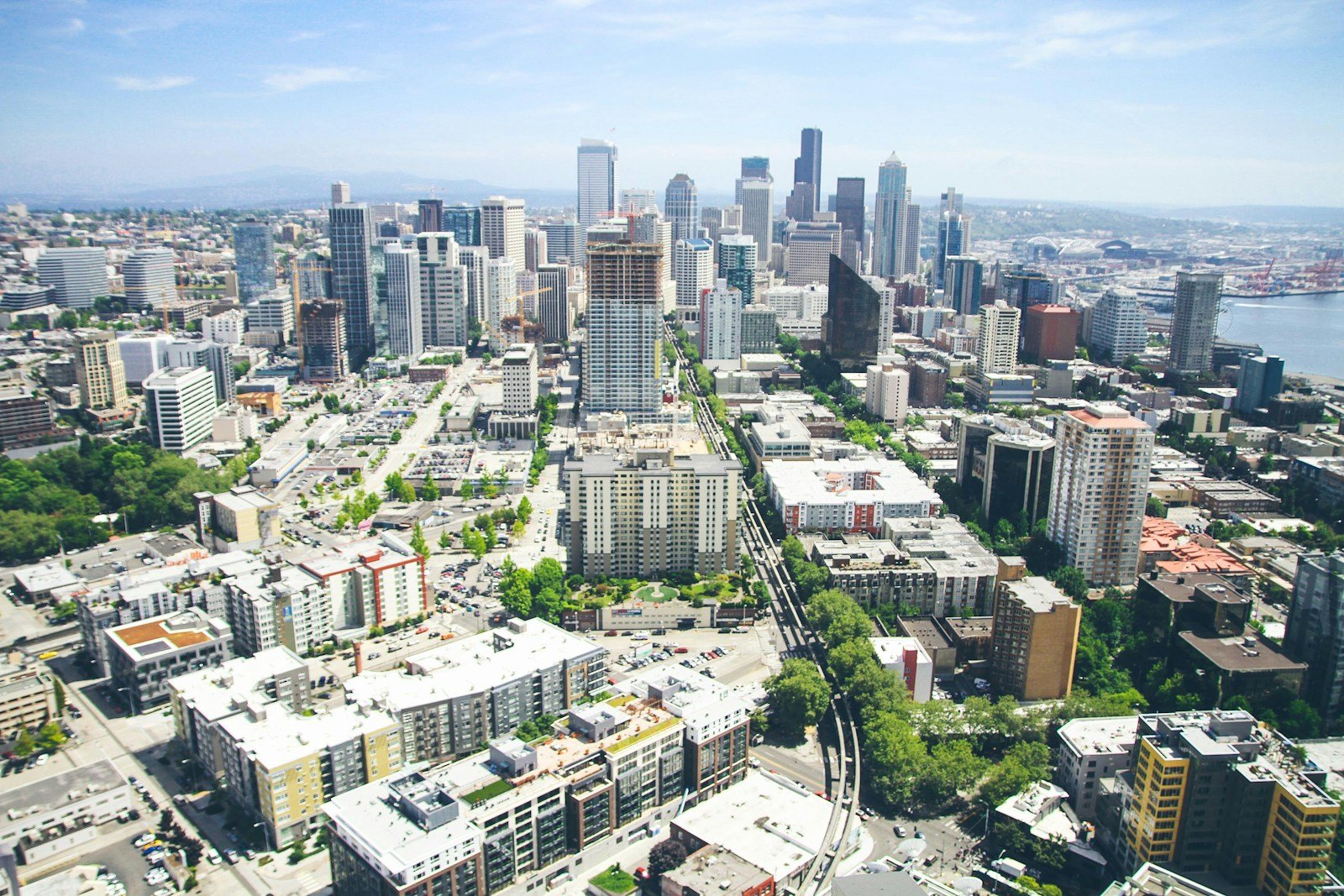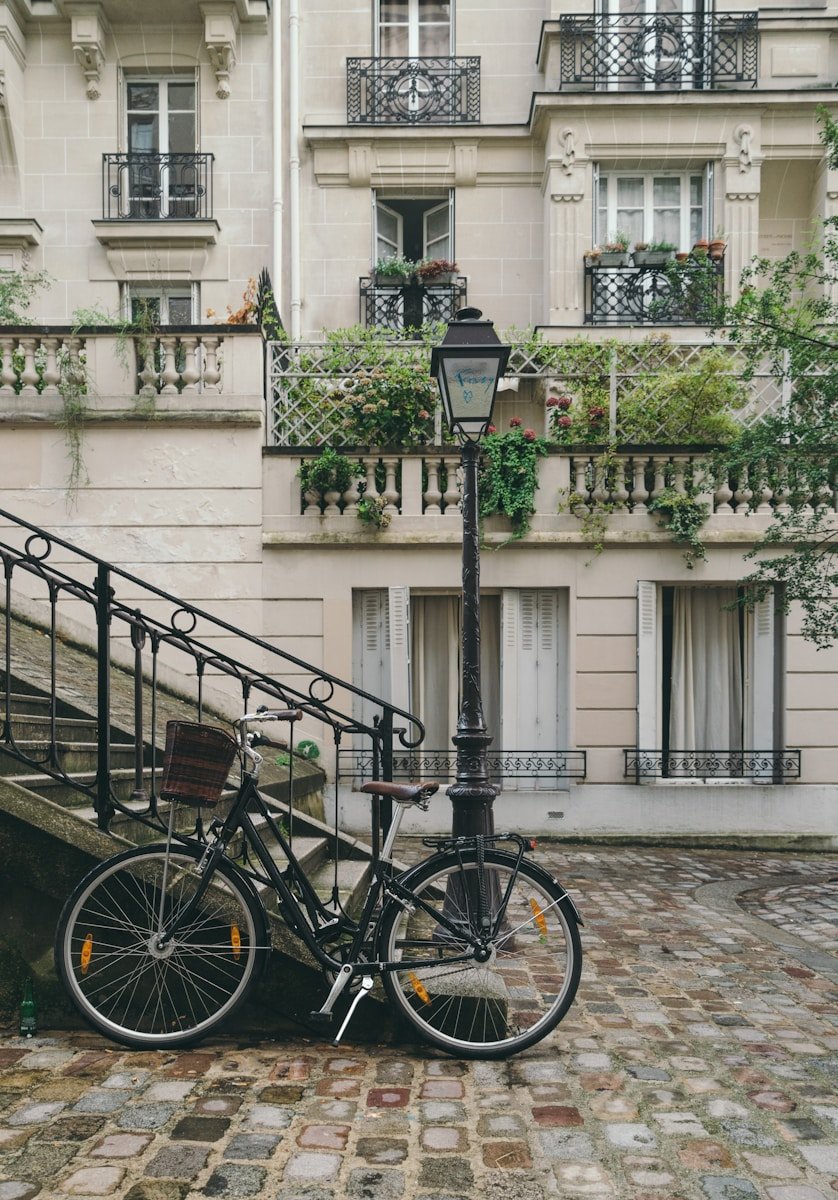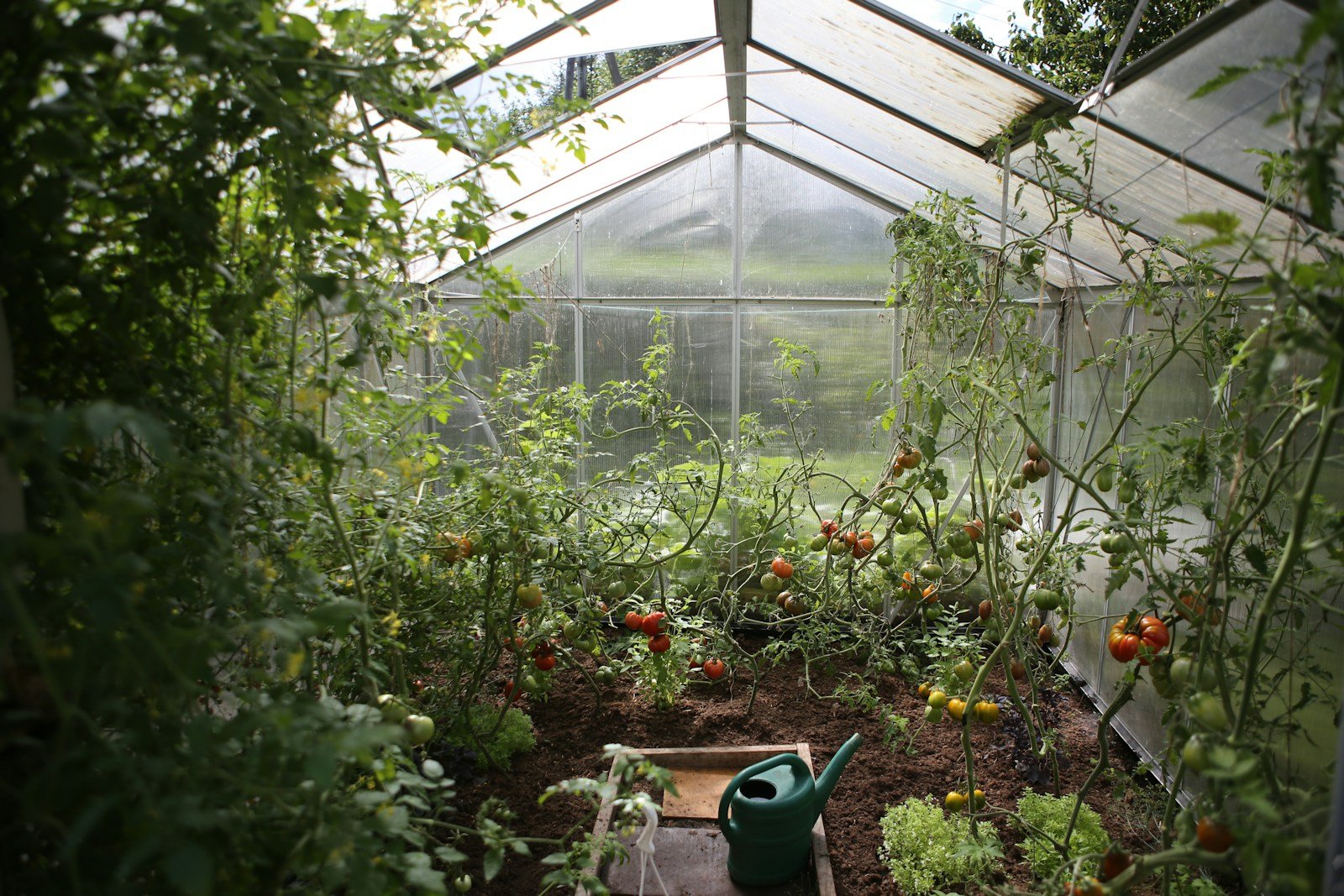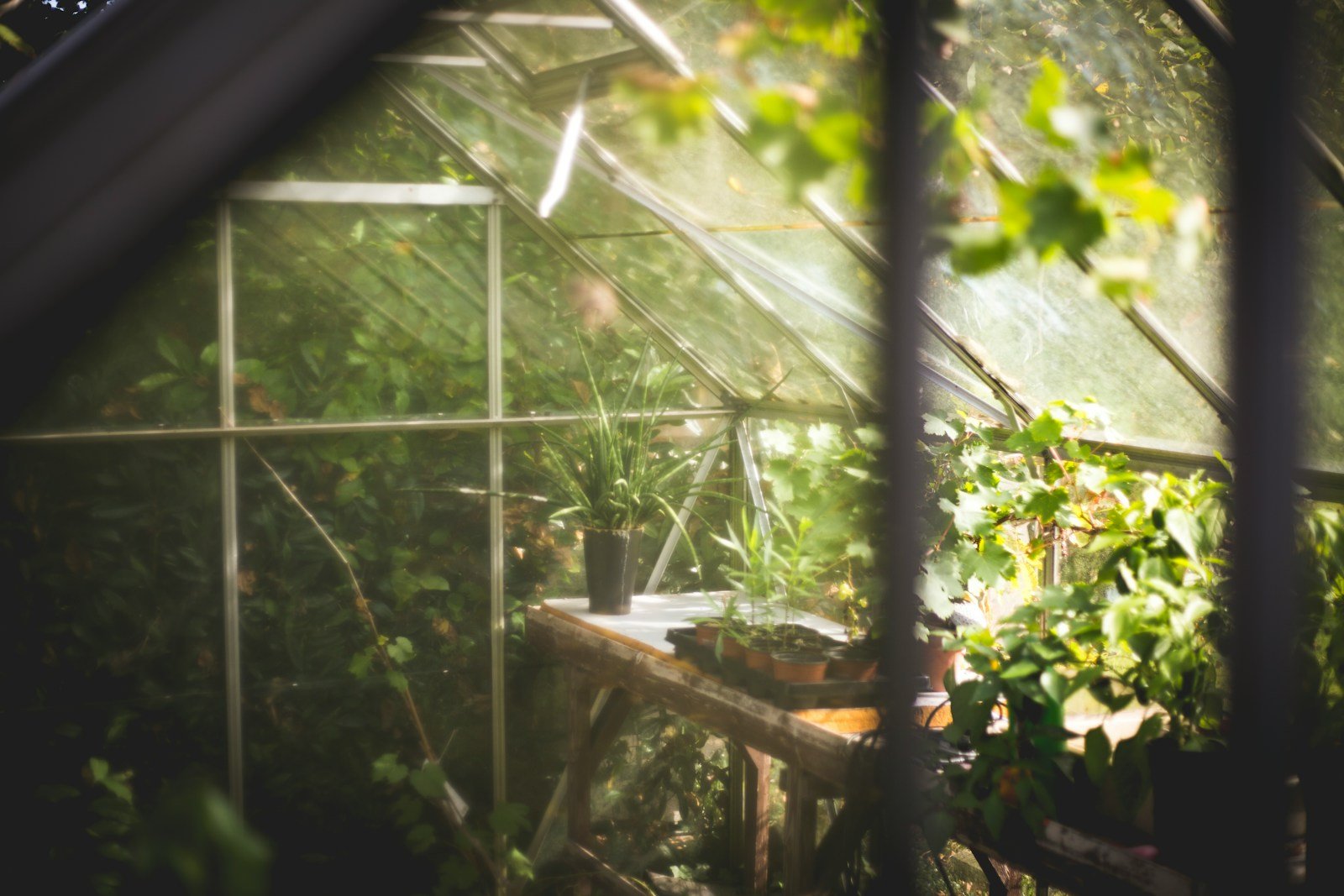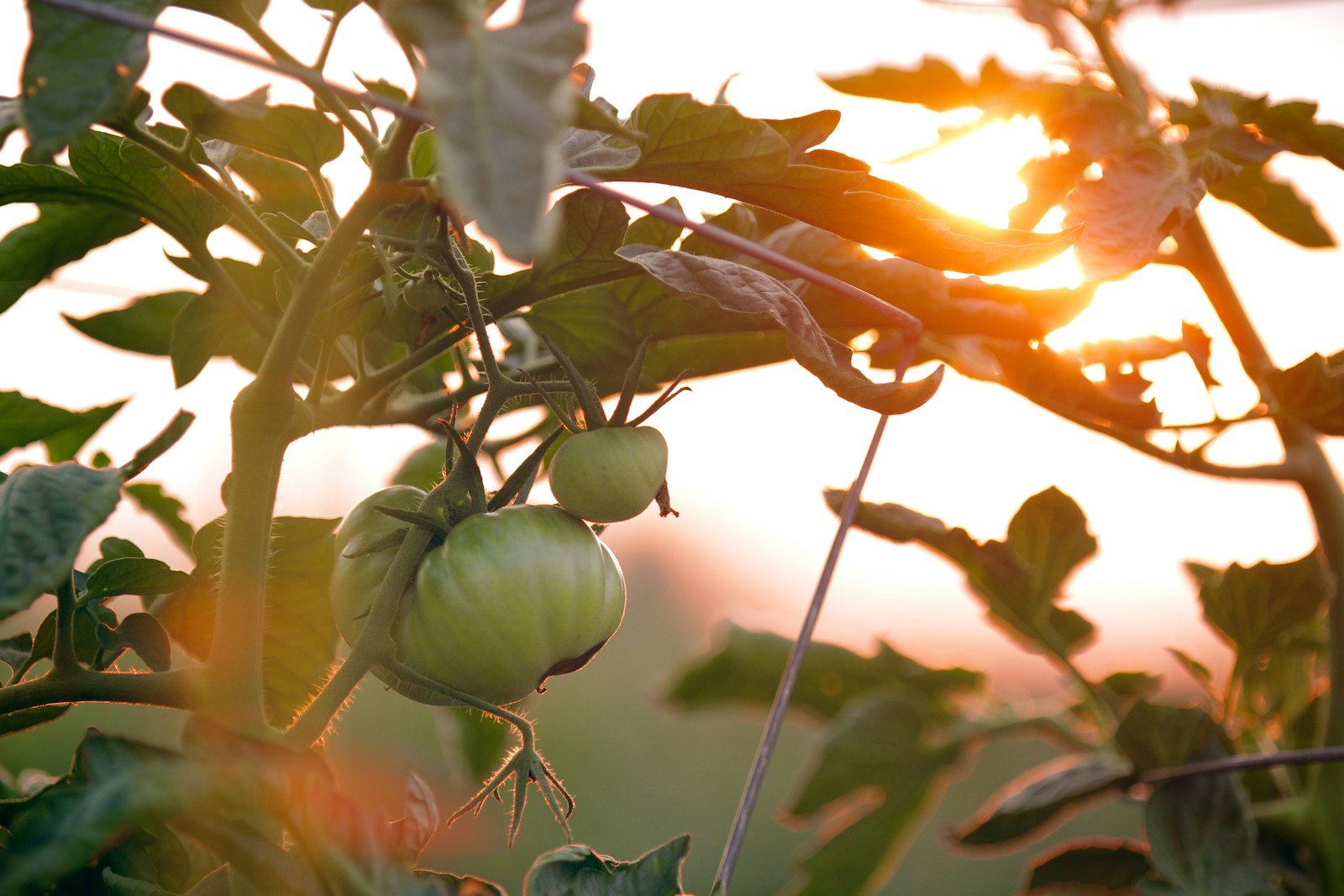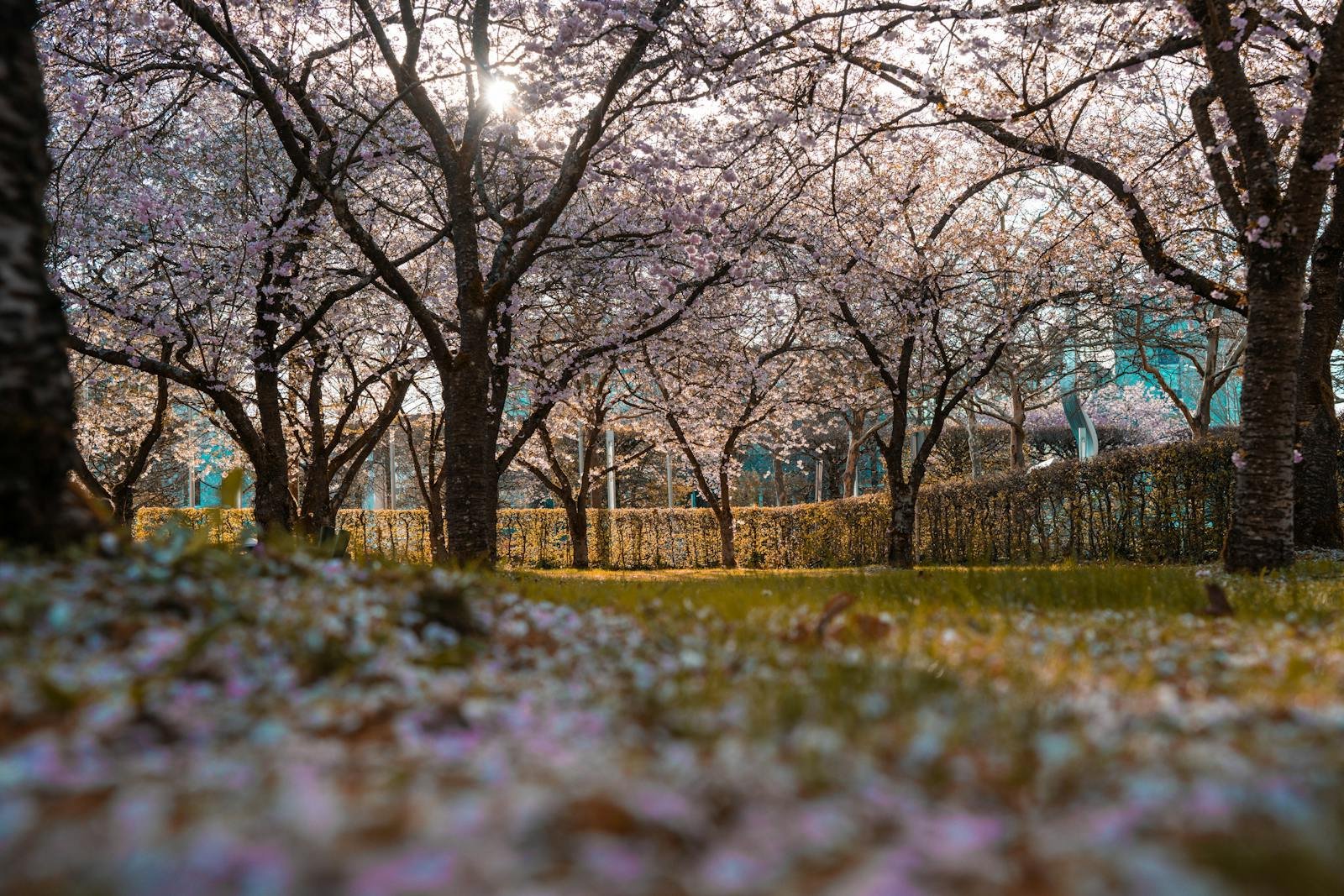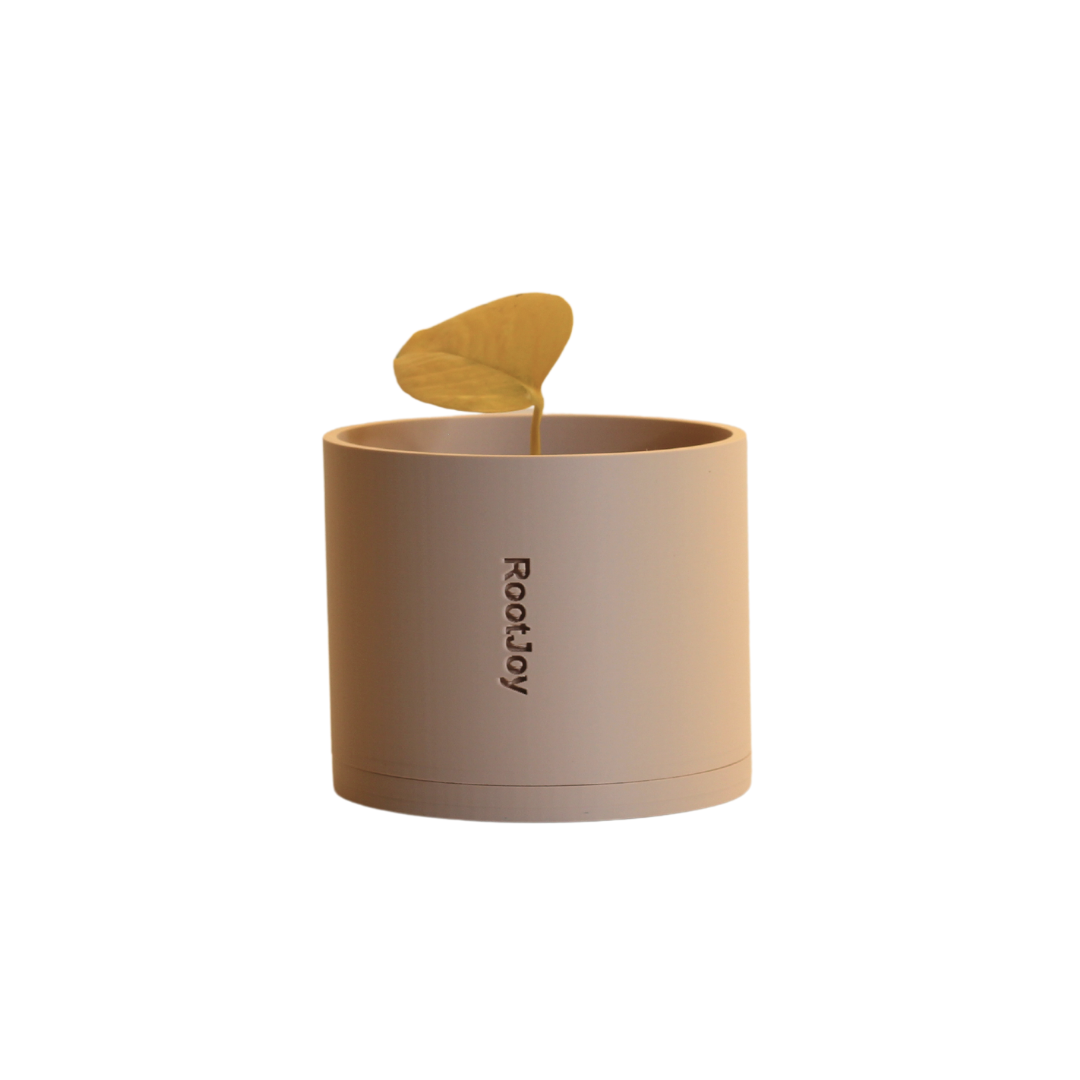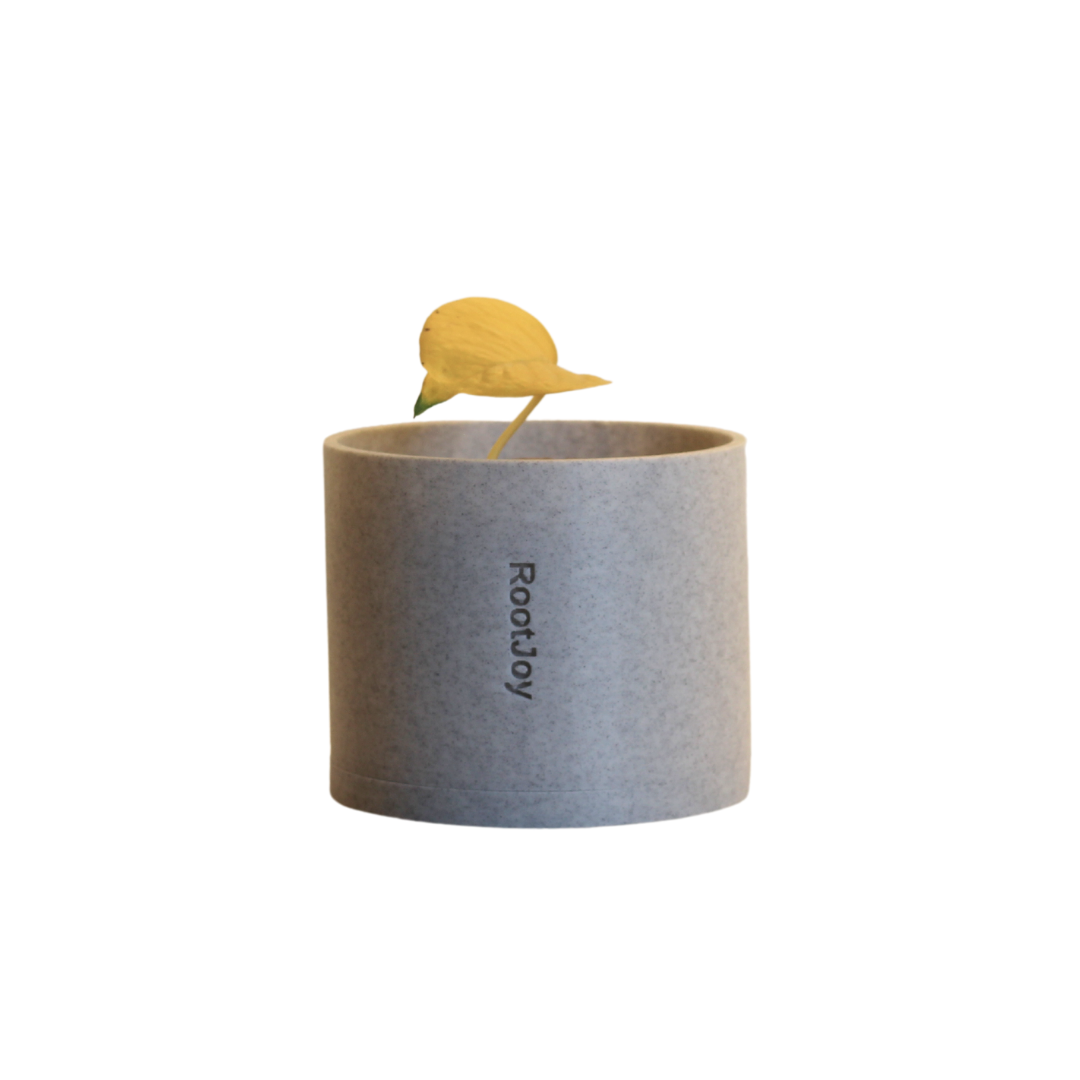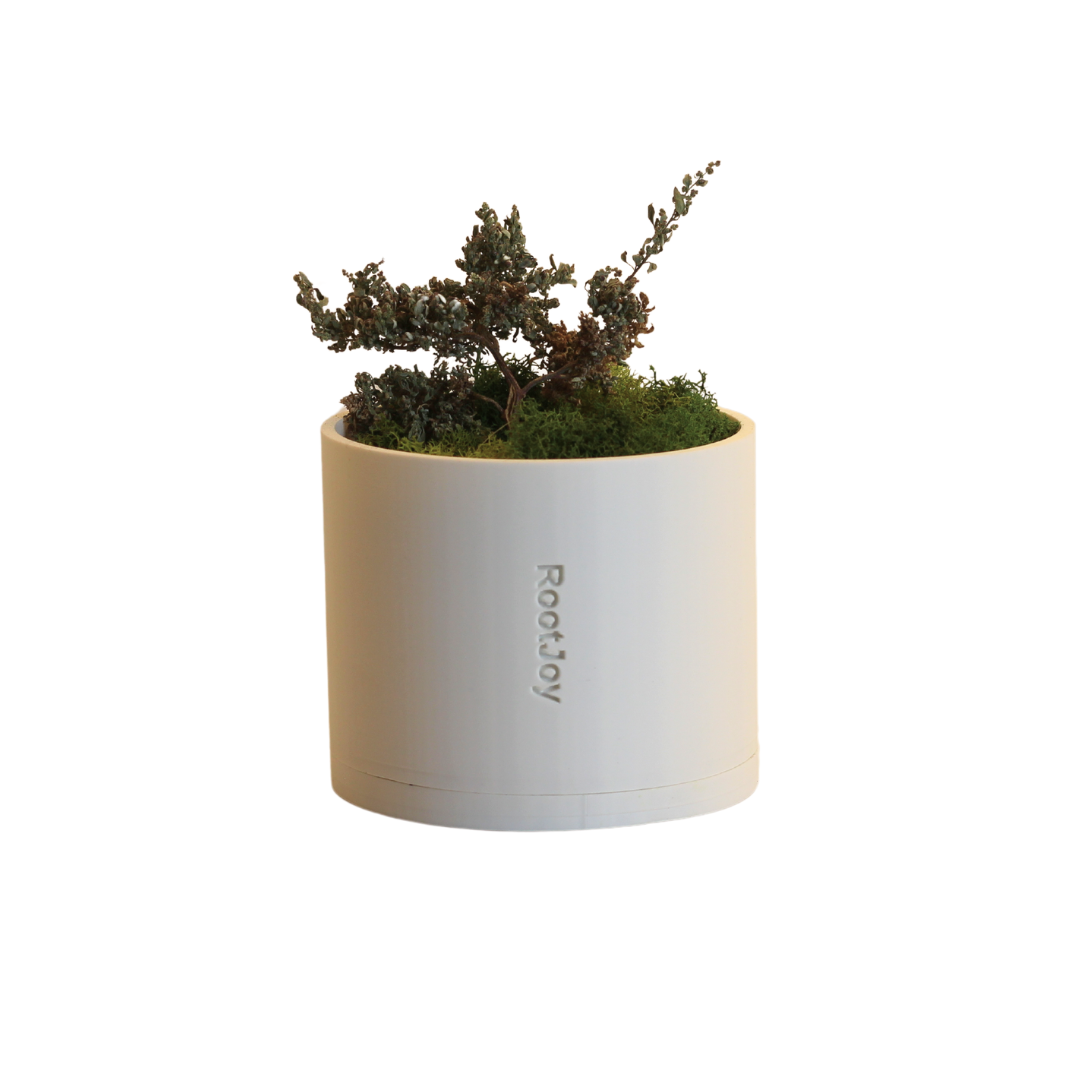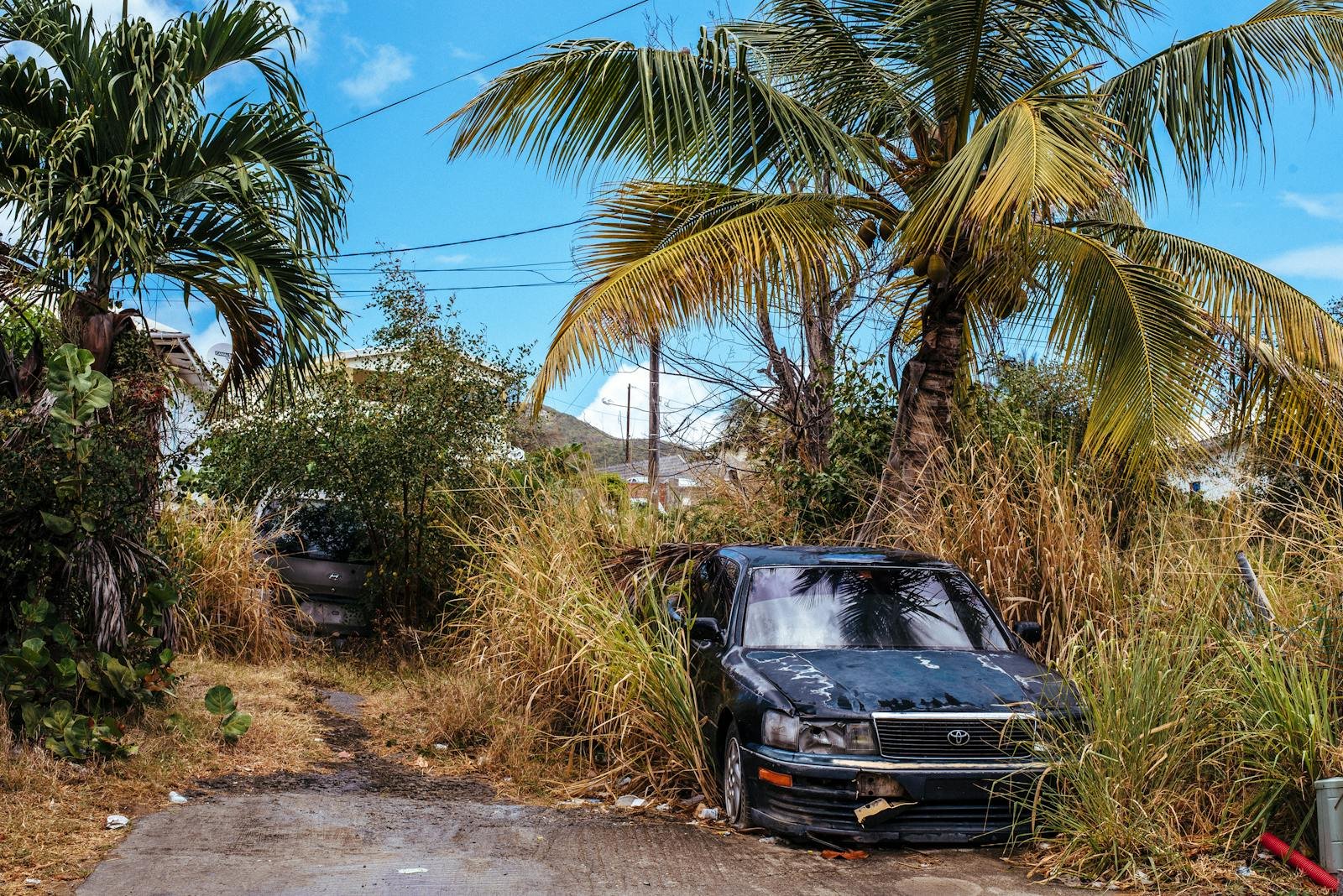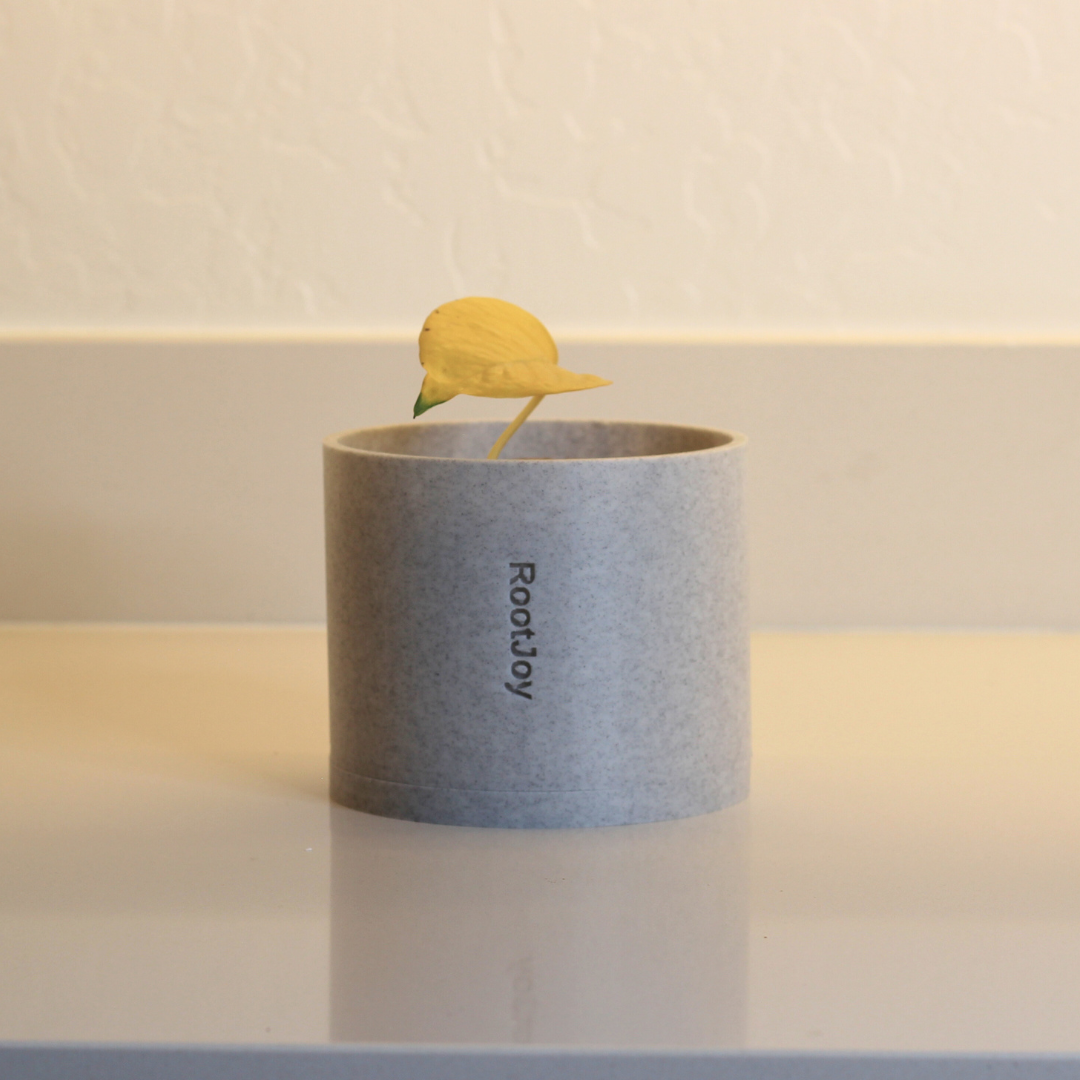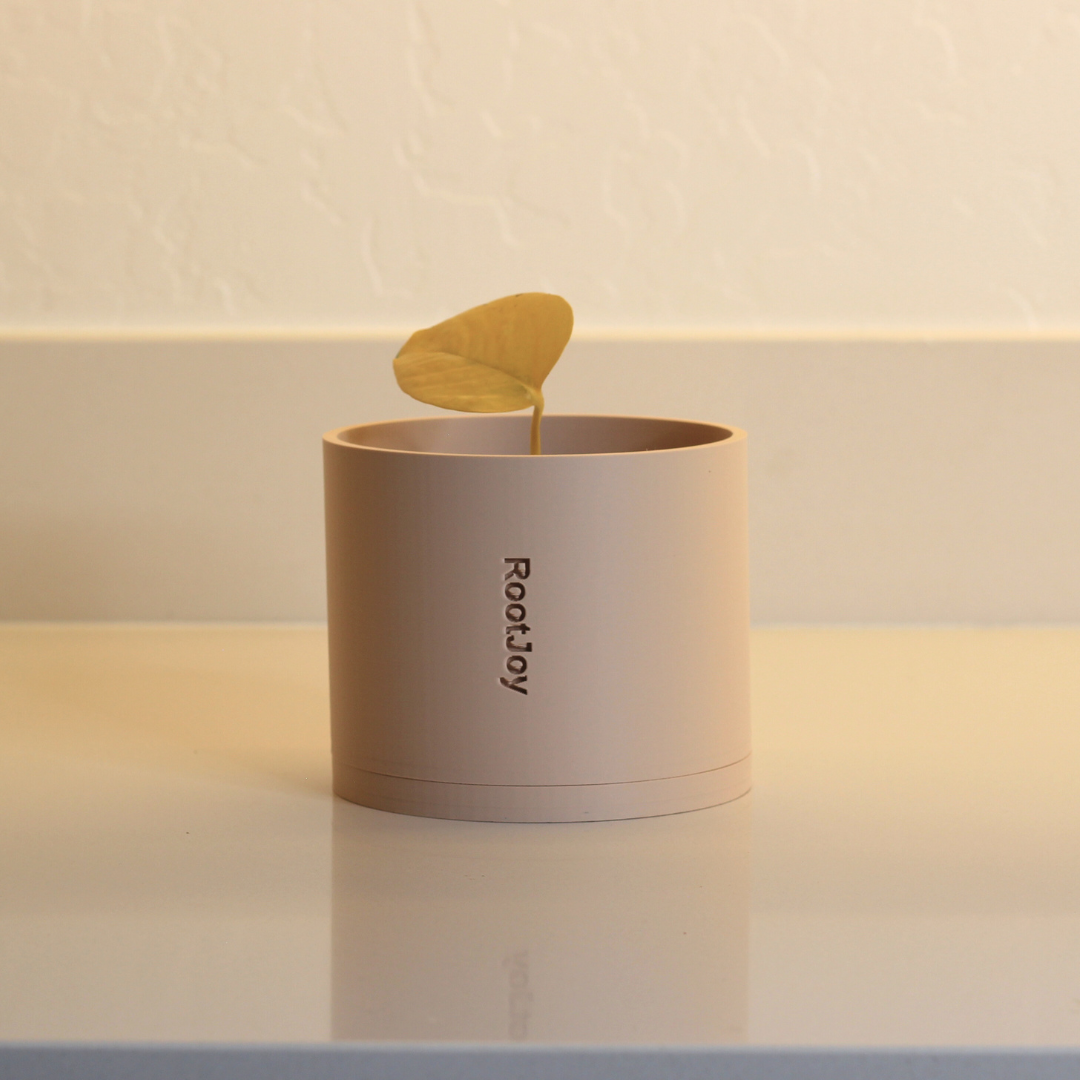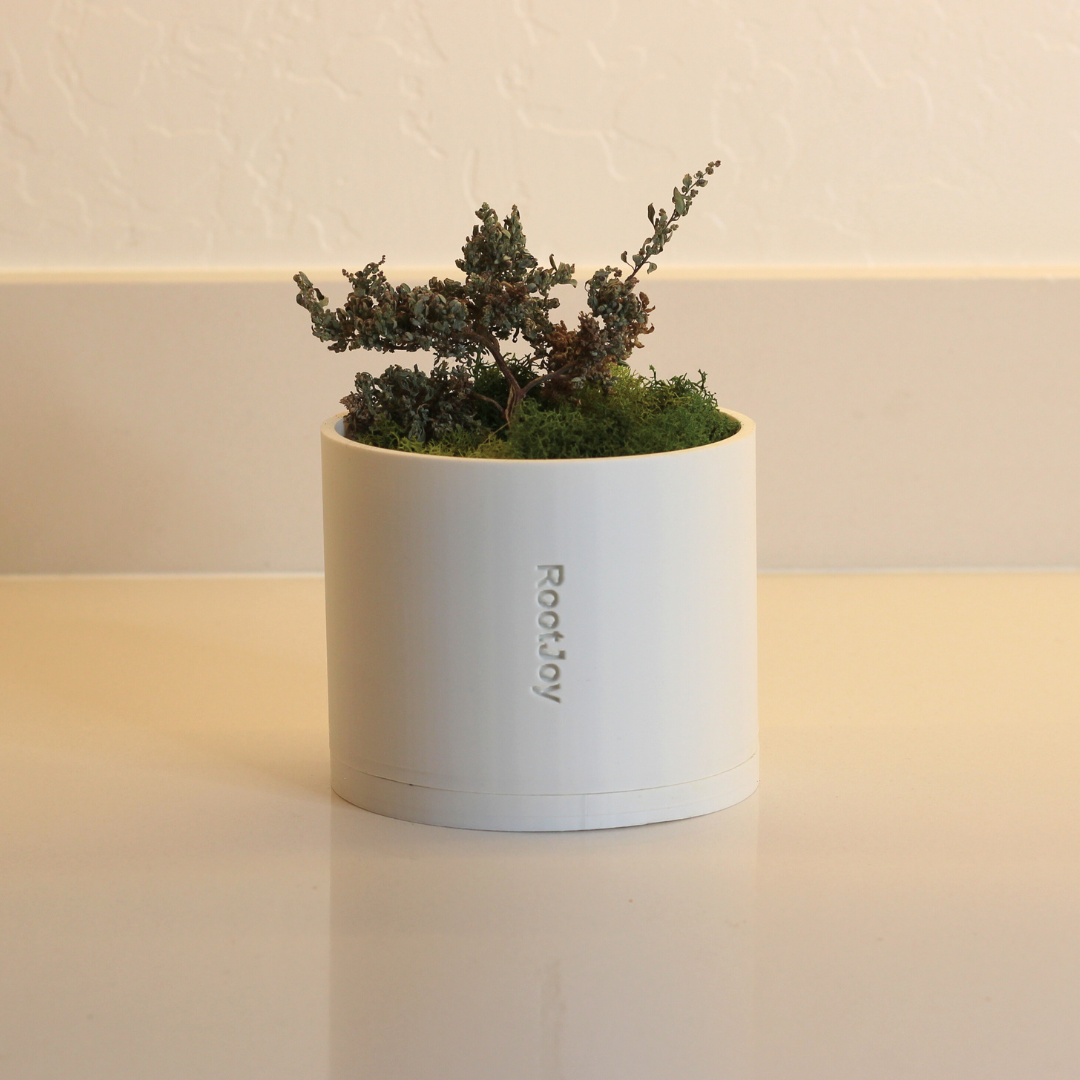New York Gardening
New York City, New York, offers endless opportunities for urban gardening, from rooftop farms to small container gardens. With its diverse climate and USDA Zones 7a and 7b, NYC supports a variety of plants year-round.
New York Gardening
New York City, New York, offers endless opportunities for urban gardening, from rooftop farms to small container gardens. With its diverse climate and USDA Zones 7a and 7b, NYC supports a variety of plants year-round.
New York Gardening Insights
✅ Overall Gardening Score
🌦️ Mediterranean Climate
🌫️ Fog Impact
🌡️ Average Rainfall:
🌱 USDA Zone
🌍 Microclimates
🪵 Sandy Soil
🪨 Hilly Terrain
🌾 Native Plant Options
🦋 Pollinator Support
🥬 Vegetable Suitability
🌿 Herb Suitability
🌸 Flower Potential
🍓 Fruit Growth
💧 Water Access
🍂 Mulching Effectiveness
❄️ Winter Planting Potential
🌸 Spring Planting Potential
☀️ Summer Crop Potential
🍁 Fall Planting Suitability
🪜 Vertical Gardening
🪵 Raised Beds
🌿 Container Gardening
🐛 Pest Management
🍃 Fog and Mildew Risk
🌬️ Wind Challenges
🌱 Community Gardening Access
📚 Educational Resources
🛠️ Local Gardening Tools
♻️ Composting Availability
🌬️ Water Conservation Practices
🌟 Smart Gardening Options
🎨 Garden Design Potential
🌫️ Fog Challenges
🛤️ Urban Gardening Potential
🪱 Soil Amendment Needs
🌳 Shade Gardening
🏡 Wildlife Support
🥗 Edible Gardening
🌉 Overall Urban Gardening Environment
📅 Seasonal Suitability
🛝 Kid-Friendly Gardening
🐕 Pet-Safe Gardening
🔧 DIY Gardening Projects
📖 Historical Gardening Context
🏆 Local Gardening Inspiration
🪧 Urban Farm Engagement
🌍 Environmental Efforts
🚰 Graywater Use
🏗️ Rooftop Gardening
🌾 Native Landscaping Potential
🌟 Aesthetic Gardening
🏙️ Neighborhood Variations
🛋️ Relaxation Spaces
🌤️ Real-Time Weather Impact
🌊 Coastal Influence
🍂 Seasonal Composting
🐦 Bird Gardening
🔄 Crop Rotation Potential
City Overview:
Description
🌐 Location
🌍 Continent
Situated in North America, bordered by the Atlantic Ocean, New York City’s diverse climate and population make it a dynamic gardening destination.
👥 Population
Home to approximately 8.8 million people (2023), the city’s urban gardening movement is thriving as residents maximize limited space.
📐 Size
Spanning 302.6 square miles (784 km²), with neighborhoods ranging from dense urban centers to quieter suburban zones.
📍 Coordinates
Positioned at 40.71°N, 74.01°W, New York City’s geographic location influences its gardening practices and seasons.
Climate and Growing Conditions
🌦️ Climate Type
New York City experiences a humid subtropical climate with four distinct seasons, offering varied gardening opportunities.
🌡️ Average Temperature
Winters average 36°F (2°C), while summers reach up to 84°F (29°C), accommodating a wide range of plants.
🌬️ Seasonal Winds
Breezy spring and fall days can affect delicate plants, making windbreaks essential.
🌧️ Rainfall
Receives about 47 inches (1,194 mm) of annual rainfall, evenly distributed throughout the year, supporting consistent watering needs.
Growing Zones
🌱 Growing Zone
New York City is primarily in Zones 7a and 7b, providing moderate growing conditions.
🌡️ Seasonal Variance
Winters require frost protection, while summers support sun-loving crops like tomatoes and peppers.
🌿 Microclimates
Urban heat islands in areas like Manhattan extend the growing season slightly, benefiting container gardeners.
Soil and Terrain
🪵 Soil Types
The city’s soil is highly varied, with urban areas often requiring significant amendments for fertility.
🪱 Soil Challenges
Compacted soil in many areas calls for raised beds or containers for improved drainage and aeration.
🪴 Urban Gardening
Rooftop and balcony gardens thrive with lightweight soil mixes and vertical gardening techniques.
Native Plants and Biodiversity
🌾 Native Species
Plants like goldenrod, coneflowers, and milkweed thrive naturally, attracting pollinators.
🦋 Pollinator Support
Native flowers are essential for supporting local bees, butterflies, and other wildlife.
🐦 Wildlife Gardens
Bird feeders and native shrubs attract species like sparrows and cardinals to urban green spaces.
Best Plants to Grow
🥬 Vegetables
Cool-season crops like lettuce and spinach in spring and fall; heat-loving tomatoes and peppers in summer.
🌿 Herbs
Parsley, basil, and oregano grow exceptionally well, even in small spaces.
🍓 Fruits
Strawberries, blueberries, and apple trees are favorites for New York’s climate.
🌼 Flowers
Hardy perennials like black-eyed Susans and daisies are ideal for low-maintenance gardens.
🌵 Succulents
Great for indoor spaces, requiring minimal water and maintenance.
Water Conservation and Irrigation
💧 Drip Irrigation
Drip systems are highly recommended for urban gardens to save water.
🌂 Rainwater Harvesting
Rain barrels are excellent for collecting runoff during rainy seasons.
🍂 Mulching
Helps retain soil moisture and regulate temperature during hot summers.
Check out WaterwiseInnovations.com for more info
Seasonal Planting
❄️ Winter Planting
Start hardy greens like kale indoors or protect established perennials.
🌸 Spring Planting
Plant leafy greens, peas, and herbs as the frost subsides.
☀️ Summer Crops
Focus on heat-loving crops like tomatoes, zucchini, and peppers.
🍁 Fall Tasks
Plant garlic, onions, and cool-season greens, and prepare beds for winter.
Urban Gardening Techniques
🪜 Vertical Gardens
Ideal for maximizing space in tight urban environments.
🪵 Raised Beds
Provide better soil quality and drainage in compact urban settings.
🌿 Container Gardening
Great for balconies and rooftops, allowing flexible placement.
🛤️ Pathways
Gravel or pavers create accessible and organized garden layouts.
Pests and Challenges
🐛 Common Pests
Aphids, spider mites, and slugs can affect urban gardens.
🐞 Beneficial Insects
Encourage ladybugs and predatory wasps to manage pests naturally.
🌬️ Wind Damage
Install barriers or windbreaks to protect delicate plants.
Community and Resources
🌱 Community Gardens
Explore spaces like Battery Urban Farm and La Finca del Sur for shared gardening opportunities.
📚 Gardening Workshops
Organizations like the New York Botanical Garden offer hands-on classes.
🪧 Urban Farms
Visit rooftop farms like Brooklyn Grange for inspiration and locally grown produce.
🤝 Garden Clubs
Connect with local groups to exchange tips and resources.
Sustainability Practices
🌾 Native Landscaping
Focus on drought-tolerant native plants to conserve water.
🍃 Organic Practices
Embrace composting and natural pest control methods.
♻️ Composting
Transform organic waste into nutrient-rich compost for your garden.
Accessibility and Design
🛋️ Relaxation Areas
Include seating to create peaceful retreats within your garden.
🛝 Child-Friendly Gardens
Include edible plants and sensory features to engage children in gardening.
🐕 Pet-Safe Plants
Avoid toxic species to ensure a safe environment for pets.
Innovative Gardening Ideas
🌟 Smart Irrigation Systems
Automate watering schedules with app-controlled devices.
🛠️ DIY Projects
Build self-watering containers or vertical gardens.
🎨 Themed Gardens
Create specialized spaces like herb gardens or pollinator-friendly zones.
Key Facts About Los Angeles
🌍 Environmental Leadership
NYC leads in urban sustainability practices, including green roofs and community gardens.
📜 Gardening History
A rich history of urban gardening, from victory gardens to rooftop farms.
🏆 Famous Gardens
Explore the New York Botanical Garden for inspiration and rare plant collections.
Climate and Growing Conditions in New York City
New York City boasts a humid subtropical climate with distinct seasons, making it an exciting location for urban gardening. The city experiences hot, humid summers, cold winters, and mild transitional seasons, creating a dynamic environment for growing a variety of plants.
- USDA Growing Zones: NYC primarily falls in USDA Zones 7a and 7b, which support a wide range of plants, from vegetables and herbs to flowers and fruit trees.
- Average Temperatures: Summer highs average around 85°F (29°C), while winter lows can drop to around 27°F (-3°C), requiring gardeners to adapt their practices seasonally.
- Rainfall: With an annual rainfall of approximately 47 inches (1,194 mm) distributed evenly throughout the year, consistent moisture is available for plants. However, supplemental irrigation may be needed during dry summer spells.
- Seasonal Variations: Spring and fall are ideal for planting cool-season crops like leafy greens, while summer supports heat-loving plants such as tomatoes and peppers.
Key Climate Influences:
- Urban Heat Island Effect: The dense urban environment creates warmer microclimates, extending the growing season in some areas. Rooftops and sunny courtyards often stay warmer, allowing for extended harvests.
- Winter Challenges: Cold temperatures and potential frost during winter months make frost protection techniques, such as row covers, essential for year-round gardening.
- Wind Exposure: Coastal breezes and urban wind tunnels can impact plant growth, necessitating the use of windbreaks or protective barriers for delicate crops.
Growing Conditions:
- Soil: Urban soil in NYC may require amendments due to compaction and potential contamination. Raised beds and container gardening are popular solutions, allowing gardeners to control soil quality.
- Sunlight: Tall buildings can cast significant shade, making plant placement crucial. South-facing windows, rooftops, or open spaces are ideal for maximizing sunlight exposure.
- Water Access: Rain barrels and irrigation systems can help conserve water and ensure consistent hydration for plants.
New York City’s unique climate and urban setting offer both challenges and opportunities for gardeners. With the right strategies, it’s possible to create thriving green spaces amidst the bustling cityscape.
Gardening Tips for New York City
Gardening in New York City offers a unique opportunity to transform urban spaces into lush, productive gardens. Whether you’re cultivating a rooftop oasis, tending a community plot, or growing herbs on a windowsill, these tips will help you make the most of the city’s vibrant environment.
1. Optimize Your Space
In NYC, space is at a premium. Use vertical gardening techniques like trellises, hanging planters, or wall-mounted pots to maximize your growing area. Raised beds and container gardening are ideal for small patios, rooftops, and balconies.
2. Choose the Right Plants for Your Zone
New York City falls within USDA Zones 7a and 7b, so select plants that thrive in these conditions. Hardy vegetables, herbs, and flowers suited for the city’s climate include kale, basil, tomatoes, and marigolds. Check planting schedules to match the season.
3. Use Quality Soil and Amendments
Urban soil can be compacted or contaminated. Opt for raised beds or containers filled with organic potting soil. Enrich your growing medium with compost or natural fertilizers to boost nutrient levels and encourage healthy plant growth.
4. Manage Sunlight and Shade
With tall buildings casting shadows, it’s essential to understand your garden’s light exposure. Use shade-tolerant plants like spinach and mint for low-light areas, and place sun-loving varieties like peppers and strawberries in spots with full sunlight.
5. Practice Water Conservation
Install rain barrels to collect water during wet months for use during dry spells. Use drip irrigation systems or self-watering containers to ensure plants get consistent hydration while conserving water.
6. Protect Against Urban Challenges
- Wind Protection: Use windbreaks like mesh screens or shrubs to shield delicate plants.
- Pests: Encourage beneficial insects such as ladybugs or use natural deterrents like neem oil to keep pests at bay.
- Pollution: Use raised beds or containers to avoid potential soil contamination.
7. Plan for All Seasons
- Spring: Start cool-weather crops like lettuce and peas.
- Summer: Focus on heat-loving plants like tomatoes, zucchini, and basil.
- Fall: Plant garlic, spinach, and carrots for a late harvest.
- Winter: Use frost covers or grow indoors with hydroponic systems or grow lights.
8. Join Local Gardening Communities
Take advantage of New York City’s vibrant gardening scene by participating in community gardens or urban farming projects. Organizations like GreenThumb and local garden clubs offer resources, workshops, and shared spaces for growing.
9. Incorporate Sustainable Practices
Use compost from kitchen scraps to enrich your soil, and choose organic gardening methods to reduce your environmental impact. Companion planting can help naturally deter pests and enhance plant growth.
10. Stay Flexible and Creative
Urban gardening in NYC requires adaptability. Use unconventional spaces like fire escapes (where permitted), windowsills, and rooftops to create your green haven. Experiment with container types and gardening methods like aquaponics or hydroponics for added innovation.
With these practical tips, you can overcome the challenges of urban gardening and create a thriving, sustainable garden in the heart of New York City. 🌱🌇
Native Plants and Wildlife in New York City
New York City, though a bustling urban environment, is home to an array of native plants and wildlife that thrive in the region’s diverse ecosystems. From coastal marshes to urban parks, these species contribute to the city’s biodiversity and offer gardeners an opportunity to create habitats that support local flora and fauna.
Native Plants of New York City
Choosing native plants for your garden not only enhances the city’s natural beauty but also supports its ecosystem. These plants are adapted to the local climate, require minimal maintenance, and are resistant to pests and diseases.
- Wildflowers:
- New England Aster (Symphyotrichum novae-angliae): Bright purple blooms that attract butterflies and bees.
- Black-Eyed Susan (Rudbeckia hirta): A cheerful perennial that thrives in full sun.
- Grasses:
- Little Bluestem (Schizachyrium scoparium): A hardy grass that adds texture and color to gardens.
- Switchgrass (Panicum virgatum): A drought-tolerant option that supports wildlife habitats.
- Shrubs:
- Elderberry (Sambucus canadensis): Produces berries loved by birds and can be used for syrups and jams.
- Winterberry Holly (Ilex verticillata): Adds vibrant red berries to gardens during the colder months.
- Trees:
- Red Maple (Acer rubrum): Known for its stunning fall foliage.
- Eastern Redbud (Cercis canadensis): A small tree with beautiful pink blossoms in spring.
Wildlife in New York City
Native plants provide essential habitats and food sources for the city’s wildlife. Creating a garden with these species can help attract and sustain local fauna.
- Pollinators:
Bees, butterflies, and hummingbirds are vital for pollination. Planting native flowers like milkweed (Asclepias spp.) and goldenrod (Solidago spp.) supports these important species. - Birds:
Songbirds such as robins, cardinals, and blue jays benefit from native shrubs and trees. Adding bird feeders, water features, and nesting boxes can enhance their habitat. - Beneficial Insects:
Ladybugs and lacewings help control garden pests naturally. Including diverse plant species can encourage their presence. - Urban Wildlife:
Squirrels, raccoons, and even red-tailed hawks can be spotted throughout the city. While they add to the urban ecosystem, ensure your garden is protected from foraging critters using fencing or deterrents.
Benefits of Incorporating Native Plants
- Low Maintenance: Native species are well-adapted to NYC’s climate, requiring less water, fertilizer, and care.
- Erosion Control: Grasses like Little Bluestem stabilize soil, reducing erosion in sloped areas.
- Wildlife Habitat: Providing food, shelter, and breeding grounds for pollinators and other wildlife.
- Sustainability: Native plants improve soil health, support biodiversity, and reduce the need for chemical inputs.
Creating a Wildlife-Friendly Garden
- Incorporate Layers: Combine ground cover, shrubs, and trees to mimic natural habitats.
- Provide Water Sources: Install birdbaths or small ponds to attract wildlife.
- Avoid Pesticides: Opt for natural pest management to protect beneficial insects and animals.
- Plant in Groups: Clusters of native species are more effective in supporting pollinators and other wildlife.
By integrating native plants into your garden, you can contribute to New York City’s ecological health while enjoying a vibrant and sustainable green space. Whether in a backyard, rooftop, or community plot, your efforts will help create a haven for both plants and wildlife in the heart of the urban jungle. 🌱🐦
Sustainable Gardening Practices in New York City
Sustainable gardening is a thoughtful approach to growing plants that minimizes environmental impact while enhancing the urban ecosystem. In a bustling metropolis like New York City, where space is limited and resources are precious, sustainable practices can help create greener, healthier, and more self-sufficient gardens.
1. Composting and Soil Health
Healthy soil is the foundation of sustainable gardening, and composting is an excellent way to achieve this.
- Urban Composting: Turn food scraps and yard waste into nutrient-rich compost. NYC offers composting drop-off sites and curbside pickup in many areas.
- Soil Testing: Test your soil for nutrient levels and pH to avoid over-fertilizing and ensure optimal plant health.
- Mulching: Add organic mulch to retain moisture, suppress weeds, and regulate soil temperature.
2. Water Conservation
With NYC’s varying rainfall and high population density, conserving water is essential for sustainable gardening.
- Drip Irrigation: Use systems that deliver water directly to plant roots, minimizing waste.
- Rainwater Harvesting: Install rain barrels to collect runoff from rooftops and use it for irrigation during dry periods.
- Drought-Tolerant Plants: Incorporate native and drought-resistant species, such as Little Bluestem or Purple Coneflower, to reduce water demand.
3. Native Plants for Biodiversity
Selecting native plants is a key component of sustainable gardening. These species are adapted to the local climate and require less maintenance.
- Pollinator Support: Grow plants like milkweed, goldenrod, and bee balm to attract bees, butterflies, and hummingbirds.
- Wildlife Habitat: Provide shelter and food for urban wildlife, such as songbirds and beneficial insects.
4. Organic Practices
Avoid synthetic chemicals to protect soil health, local waterways, and wildlife.
- Natural Fertilizers: Use compost, manure, or seaweed-based fertilizers instead of chemical alternatives.
- Pest Management: Control pests naturally with companion planting, neem oil, or by introducing beneficial insects like ladybugs.
5. Urban Gardening Innovations
Urban gardening in NYC often requires creativity and innovation to maximize resources and minimize waste.
- Vertical Gardening: Use walls, trellises, and stacked planters to grow up instead of out.
- Rooftop Gardens: Convert flat rooftops into productive green spaces that improve insulation and reduce stormwater runoff.
- Hydroponics and Aquaponics: Grow plants in water-based systems, which use less water and eliminate the need for soil.
6. Waste Reduction
Gardening can generate waste, but sustainable practices can help minimize it.
- Recycle and Reuse: Repurpose containers, wood, and other materials for gardening.
- Seed Saving: Collect seeds from your plants to grow next year, reducing reliance on commercial seed packets.
- Zero-Waste Gardening: Plan carefully to avoid overplanting, and use all parts of your harvest creatively.
7. Community and Education
Sustainable gardening thrives when knowledge and resources are shared.
- Community Gardens: Join one of NYC’s many community gardens to share resources, tools, and expertise.
- Workshops and Events: Attend sustainable gardening workshops hosted by organizations like GreenThumb and GrowNYC.
- Local Resources: Support local nurseries and garden centers that promote eco-friendly products and practices.
8. Climate Resilience
Adapt your gardening practices to NYC’s unique urban climate and changing weather patterns.
- Heat Island Mitigation: Use reflective mulches and shade structures to combat the urban heat island effect.
- Seasonal Planting: Follow a planting calendar to make the most of each season, growing hardy crops in winter and heat-tolerant plants in summer.
9. Sustainable Design Elements
Create a garden that works in harmony with the environment.
- Permeable Surfaces: Use gravel or mulch pathways to allow water to seep into the ground and reduce runoff.
- Edible Landscaping: Incorporate food-producing plants like herbs, vegetables, and fruits into ornamental designs.
- Low-Maintenance Plants: Choose species that thrive without frequent watering, pruning, or pest control.
10. Benefits of Sustainable Gardening
- Environmental Impact: Reduce carbon footprint and conserve resources.
- Community Building: Engage with neighbors to create shared green spaces.
- Health and Wellness: Enjoy fresh produce and the therapeutic benefits of gardening.
Local Gardening Resources in New York City
New York City offers a wealth of gardening resources to support urban gardeners, from community programs to educational workshops. Whether you’re tending a rooftop garden or cultivating herbs on your windowsill, these resources can provide the tools, knowledge, and community connections you need to succeed.
1. Community Gardens
New York City boasts over 550 community gardens managed by organizations like GreenThumb, offering spaces to grow fruits, vegetables, and flowers.
- GreenThumb: The largest community garden program in the U.S., providing free workshops, resources, and supplies.
- How to Join: Visit GreenThumb’s website to find a garden near you and apply for membership.
- Examples:
- East Harlem Community Garden: A lush, shared space focused on edible plants.
- Brooklyn Grange: An expansive rooftop garden and urban farming hub.
2. Gardening Workshops and Education
Many NYC-based organizations and institutions offer workshops to help gardeners of all levels expand their skills.
- GrowNYC: Provides gardening workshops on composting, water conservation, and more.
- NYC Botanical Garden: Offers courses on plant care, landscaping, and sustainable practices.
- Queens Botanical Garden: Hosts seasonal programs for adults and children, focusing on organic gardening and urban farming.
3. Urban Farms and Markets
Urban farms in NYC are excellent places to learn about innovative gardening practices and sustainable agriculture.
- Brooklyn Grange: This rooftop farm provides hands-on workshops and community events.
- The Battery Urban Farm: Located in Battery Park, this educational farm focuses on sustainable gardening techniques.
- Union Square Greenmarket: Offers locally grown produce and plants, connecting gardeners with regional farmers.
4. Seed and Plant Nurseries
Finding the right seeds and plants is essential for successful gardening. NYC offers numerous nurseries and plant shops catering to urban gardeners.
- Chelsea Garden Center: Specializes in urban gardening, offering plants, containers, and tools.
- Gowanus Nursery: Known for its native plants and pollinator-friendly species.
- Union Square Greenmarket: Seasonal vendors sell high-quality seeds and starter plants.
5. Composting and Recycling Programs
Composting is an essential part of sustainable gardening, and NYC provides several opportunities to participate.
- NYC Compost Project: Operates drop-off sites for food scraps and yard waste, turning it into nutrient-rich compost.
- Big Reuse: Offers composting services and workshops, promoting zero-waste gardening.
- Curbside Composting: Available in certain neighborhoods, this program collects organic waste for large-scale composting.
6. Gardening Tools and Supplies
Urban gardening often requires specialized tools for small spaces and rooftop gardens. NYC offers several retailers that cater to these needs.
- City Gardener Supply Stores:
- Urban Garden Center: Located in East Harlem, this store specializes in gardening tools and supplies tailored for city spaces.
- PlantShed: A local favorite for gardening accessories and live plants.
- Online Options: NYC gardeners can also take advantage of online retailers like Amazon and Etsy for unique tools and sustainable gardening products.
7. Online Gardening Resources
For gardeners who prefer digital learning, NYC-based organizations offer a variety of online resources.
- NYC Parks Department: Shares guides on starting community gardens, planting calendars, and native plant care.
- GrowNYC Online: Features virtual workshops and downloadable gardening guides.
- NYC Botanical Garden Digital Resources: Includes online classes and virtual tours of their gardens.
8. Networking Opportunities
Connecting with other gardeners can provide invaluable advice, encouragement, and camaraderie.
- Garden Clubs: Join groups like the New York Horticultural Society for networking and educational events.
- Social Media Groups: Platforms like Facebook and Instagram host active NYC gardening communities where members share tips and successes.
- Volunteer Opportunities: Participate in local cleanup projects or community garden maintenance days to meet like-minded individuals.
9. Local Gardening Events
Keep an eye out for gardening events and festivals throughout the city.
- Harvest Festivals: Celebrate the growing season with events at community gardens and parks.
- Plant Swaps: Exchange plants and seeds with fellow gardeners to diversify your garden.
- Workshops: Check local libraries and botanical gardens for gardening classes tailored to urban spaces.
10. Benefits of NYC Gardening Resources
- Accessibility: Resources are spread throughout the five boroughs, making them easily accessible to most residents.
- Community Building: Connect with neighbors and grow your network through shared gardening initiatives.
- Knowledge Expansion: Workshops and educational resources cater to gardeners of all experience levels.
By taking advantage of these local resources, New York City gardeners can create vibrant, sustainable green spaces while contributing to the city’s ecological health and community spirit. 🌱
Essential Tools and Resources for Gardening in New York City
Urban gardening in New York City comes with unique challenges and opportunities. Whether you’re cultivating a rooftop oasis or growing herbs on your windowsill, having the right tools and resources can make all the difference.
Essential Gardening Tools
- Small-Space Gardening Tools
Compact tools like trowels, hand pruners, and mini rakes are ideal for container gardens and raised beds.- Why it’s essential: These tools ensure precise care in limited spaces.
- Self-Watering Planters
Perfect for busy urbanites, self-watering planters reduce watering frequency. - Vertical Gardening Kits
Trellises, wall planters, and tiered stands maximize vertical space.- Why it’s essential: Great for vining plants like peas or herbs in apartments or on rooftops.
- Soil Test Kits
Understanding soil pH and nutrient levels is crucial for plant health.- Tip: Test your soil before planting to amend it as needed.
- Drip Irrigation Systems
Efficient watering systems conserve water while delivering moisture directly to roots.- Why it’s essential: Helps reduce waste and is perfect for larger urban gardens.
- Gardening Gloves
Protect your hands from thorns, dirt, and chemicals with durable gloves. - Compost Bins
Composting organic waste not only reduces landfill contributions but creates nutrient-rich soil.- Local Tip: NYC offers compost drop-off points and curbside composting in certain neighborhoods.
Digital Tools and Resources
- Plant Care Apps
Apps like Blossom and Gardenize track care schedules, watering needs, and fertilization.- Why it’s essential: Simplifies plant management for diverse collections.
- Online Marketplaces
Websites like Amazon and Etsy offer a wide range of urban gardening tools and unique planter designs. - Digital Growing Calendars
Seasonal calendars specific to NYC’s USDA Zone 7b ensure proper planting times.- Example: NYC Planting Calendar Download
Gardening Resources
- Local Plant Nurseries
- Union Square Greenmarket: Seasonal vendors sell organic seeds, starter plants, and gardening supplies.
- The Sill: Specializes in indoor plants and offers workshops on plant care.
- Community Gardening Programs
- GreenThumb: Provides free tools, seeds, and educational workshops for NYC gardeners.
- GrowNYC: Offers workshops, composting guidance, and sustainability resources.
- Educational Institutions
- New York Botanical Garden: Offers horticulture classes and sustainable gardening certifications.
- Queens Botanical Garden: Provides hands-on programs for all ages.
- Seed Banks and Exchanges
- Participate in seed swaps through local garden clubs or botanical gardens to discover rare varieties.
- Composting Resources
- NYC Compost Project: Drop off kitchen scraps to be composted into nutrient-rich soil.
Recommended Products
- Grow Food eBook
Learn the essentials of sustainable urban gardening, from vertical farming to automation. - Urban Farming eBook
Explore innovative techniques for gardening in dense urban spaces. - Sustainable Agriculture eBook
Discover eco-friendly practices to maximize yields while protecting the environment. - RootJoy Seed Organizer
Keep your seeds organized and protected with this minimalist seed storage solution. - RootJoy Planter – Concrete Grey
Stylish and functional, perfect for indoor herb gardening in small NYC apartments.
Why Tools and Resources Matter
Equipping yourself with the right tools and leveraging local resources can transform your gardening experience. From improving plant health to optimizing small spaces, these investments make urban gardening more efficient, sustainable, and rewarding. 🌱
Challenges and Solutions for Gardening in New York City
Gardening in an urban environment like New York City presents unique challenges, but with strategic solutions, you can cultivate a thriving green space. Below, we explore common obstacles and actionable ways to overcome them.
Challenge 1: Limited Space
In NYC, the availability of outdoor gardening space is often restricted to balconies, rooftops, or small urban yards.
Solution:
- Container Gardening: Use pots, window boxes, and vertical planters to grow herbs, vegetables, and flowers.
- Vertical Gardening: Install trellises or wall-mounted planters to maximize vertical space.
- Community Gardens: Join programs like GreenThumb to access shared gardening spaces.
Challenge 2: Poor Soil Quality
Urban soil is often compacted, contaminated, or lacks nutrients necessary for healthy plant growth.
Solution:
- Raised Beds: Build raised beds and fill them with high-quality soil mixes.
- Soil Testing: Use a soil test kit to check pH and nutrient levels, then amend soil as needed.
- Composting: Create or buy compost to enrich soil naturally.
Challenge 3: Harsh Weather Conditions
New York City experiences hot summers, cold winters, and sporadic rainfall, which can stress plants.
Solution:
- Seasonal Planning: Use a planting calendar specific to USDA Zone 7b to optimize planting times.
- Frost Protection: Cover plants with row covers or frost blankets during early spring and late fall.
- Shade and Mulch: Protect plants from heat stress with shade cloths and mulch to retain soil moisture.
Challenge 4: Pests and Diseases
Urban areas attract pests like aphids, slugs, and rodents, while dense planting can promote fungal diseases.
Solution:
- Integrated Pest Management (IPM): Use natural predators like ladybugs or traps to control pests.
- Companion Planting: Grow plants like marigolds to repel harmful insects.
- Regular Maintenance: Prune overcrowded foliage and ensure proper airflow to prevent mildew and other diseases.
Challenge 5: Water Accessibility
Watering plants can be a logistical challenge in urban environments, especially on rooftops or in community gardens.
Solution:
- Drip Irrigation Systems: Automate watering to save time and reduce water waste.
- Rainwater Harvesting: Use rain barrels to collect water during rainstorms for later use.
- Self-Watering Planters: Invest in planters designed to retain water and reduce watering frequency.
Challenge 6: Lack of Sunlight
Tall buildings and limited outdoor space can result in insufficient sunlight for many plants.
Solution:
- Choose Shade-Tolerant Plants: Grow herbs like mint, parsley, and chives that thrive in partial shade.
- Reflective Surfaces: Use light-colored or reflective materials to increase available light.
- Supplemental Lighting: Install grow lights for indoor plants or shaded outdoor spaces.
Challenge 7: Noise and Pollution
Urban noise and air pollution can disrupt a peaceful gardening experience and potentially harm plant growth.
Solution:
- Create Barriers: Use plants like bamboo or hedges to block noise and create privacy.
- Air-Purifying Plants: Incorporate species like snake plants and pothos to improve air quality.
- Clean Leaves Regularly: Wipe dust and pollution off plant leaves to ensure efficient photosynthesis.
Challenge 8: Limited Access to Gardening Supplies
Finding the right tools, seeds, and soil amendments in NYC can be inconvenient.
Solution:
- Local Nurseries: Visit nurseries like Union Square Greenmarket for fresh supplies.
- Online Shopping: Use platforms like Amazon for a wide range of gardening tools and seeds.
- Community Resources: Leverage local organizations like GrowNYC for free workshops and materials.
Challenge 9: High Initial Costs
Starting a garden can be expensive when factoring in tools, soil, seeds, and irrigation systems.
Solution:
- DIY Projects: Build your own planters and trellises using recycled materials.
- Start Small: Focus on a few essential plants before expanding your garden.
- Seed Saving: Save seeds from existing plants to reduce recurring costs.
Challenge 10: Time Constraints
Busy city life often leaves little time for consistent gardening.
Solution:
- Low-Maintenance Plants: Grow hardy, drought-resistant plants that require minimal care.
- Smart Gardening Tools: Use automated irrigation and gardening apps to streamline tasks.
- Batch Tasks: Set aside specific times each week for watering, pruning, and general maintenance.
FAQs About Gardening in New York City
1. Can I grow a garden in a small apartment or rooftop in New York City?
Absolutely! Urban gardening techniques like container gardening, vertical gardens, and hydroponic systems are perfect for small spaces like apartments and rooftops. Use lightweight pots and sturdy racks for rooftop setups.
2. What are the best plants to grow in New York City’s climate?
New York City is in USDA Zone 7b, which supports a wide variety of plants. Vegetables like tomatoes, peppers, and kale, herbs like basil and thyme, and flowers like zinnias and marigolds thrive in this climate.
3. How do I deal with limited sunlight in urban areas?
If your space receives limited sunlight, choose shade-tolerant plants like mint, parsley, and chives. You can also use reflective surfaces to amplify available light or install grow lights for indoor gardening.
4. When is the best time to plant in New York City?
Spring (March to May) and fall (September to November) are ideal for planting most vegetables and flowers. Use a planting calendar specific to Zone 7b to plan your garden efficiently.
5. How can I access quality soil in an urban environment?
Urban soil is often unsuitable for gardening. Consider using raised beds or containers filled with high-quality potting mix. Composting organic waste is another way to enrich your soil.
6. Are there community gardens in New York City I can join?
Yes! NYC has an extensive network of community gardens through programs like GreenThumb. Joining a community garden gives you access to shared spaces, resources, and gardening workshops.
7. What are the common pests in New York City, and how can I manage them?
Common pests include aphids, slugs, and whiteflies. Use natural pest control methods like neem oil, companion planting, and introducing beneficial insects like ladybugs.
8. How can I conserve water while gardening in New York City?
Conserve water by installing drip irrigation systems, using rain barrels for water collection, and mulching your garden beds to retain moisture.
9. Can I grow food indoors year-round?
Yes! Indoor gardening is a great option in NYC. Use hydroponic systems or grow lights to cultivate herbs, vegetables, and even small fruiting plants year-round.
10. What tools are essential for urban gardening?
Basic tools include a trowel, pruners, watering can, and gloves. For advanced setups, consider investing in drip irrigation systems, trellises, and self-watering containers.
11. How can I start composting in an apartment?
Apartment composting is easy with a small vermicomposting bin or an indoor compost tumbler. These systems are compact and odor-free, making them ideal for urban settings.
12. What is the biggest challenge of gardening in NYC?
Limited space is the most significant challenge for urban gardeners. However, creative solutions like vertical gardens and container gardening can help maximize available space.
13. Are there any restrictions on rooftop gardening in NYC?
Yes, some buildings may have weight restrictions or safety regulations. Check with your building management before starting a rooftop garden, and use lightweight materials to minimize the load.
14. How do I prevent pollution from affecting my garden?
Wash produce thoroughly to remove pollutants, and use raised beds with clean soil to avoid contamination from urban ground soil. Consider planting air-purifying plants like snake plants nearby.
15. What resources are available for new gardeners in NYC?
New gardeners can access workshops and resources through local organizations like GrowNYC and GreenThumb. Farmers’ markets and gardening stores also provide valuable supplies and advice.
New York Growing Zone
Sign up for Flobase Interactive
Explore the interactive world of flipbooks, eBooks, audiobooks and courses and join the global and personal growth revolution.
Gardening In New York And Beyond
Get notified on when we post new cities and gardening resources.
New York Planting Calendar 📅
| Season | Plant Type | Plant | Harvest | Maintain |
|---|---|---|---|---|
| Winter (Dec–Feb) | Vegetables | Garlic, kale, spinach | Leafy greens | Mulch beds to retain warmth, protect young plants from frost |
| Herbs | Parsley, chives | Fresh leaves | Use row covers for frost protection | |
| Fruits | Winter citrus indoors | Lemons, limes | Prune lightly to encourage growth | |
| Flowers | Winter pansies | Blooms | Prune spent flowers | |
| Trees and Shrubs | Evergreens | Decorative foliage | Apply winter mulch | |
| Spring (Mar–May) | Vegetables | Tomatoes, lettuce, carrots | Cool-season greens | Add compost, plant seeds early |
| Herbs | Basil, dill | Young leaves | Pinch flowers to encourage growth | |
| Fruits | Strawberries | Early berries | Mulch to retain moisture | |
| Flowers | Tulips, daffodils | Blooms | Prune to promote new growth | |
| Trees and Shrubs | Flowering cherries | Spring blossoms | Fertilize to enhance blooms | |
| Summer (Jun–Aug) | Vegetables | Zucchini, peppers | Tomatoes, cucumbers | Water deeply, mulch to retain moisture |
| Herbs | Rosemary, thyme | Clip regularly | Prevent flowering by regular harvesting | |
| Fruits | Melons, blueberries | Ripe fruits | Support vines to prevent breakage | |
| Flowers | Sunflowers, zinnias | Abundant blooms | Trim faded flowers to encourage blooming | |
| Trees and Shrubs | Crepe myrtle | Summer flowers | Water during heatwaves | |
| Fall (Sep–Nov) | Vegetables | Carrots, spinach | Cool-season crops | Plant cover crops to enrich soil |
| Herbs | Sage, chives | Fresh leaves | Fertilize lightly | |
| Fruits | Apples, pears | Harvest ripe fruit | Prune trees post-harvest | |
| Flowers | Chrysanthemums | Fall blooms | Prune regularly | |
| Trees and Shrubs | Maples | Vivid foliage | Rake fallen leaves, prepare for winter |
Gardening Methods for New York
Gardening Designs for New York
Garden Themes in New York
Best Plant Types for New York
Gardening Seasons in New York
Gardening Seasons in New York
Reviews of New York Gardening
There are no reviews yet. Be the first one to write one.



